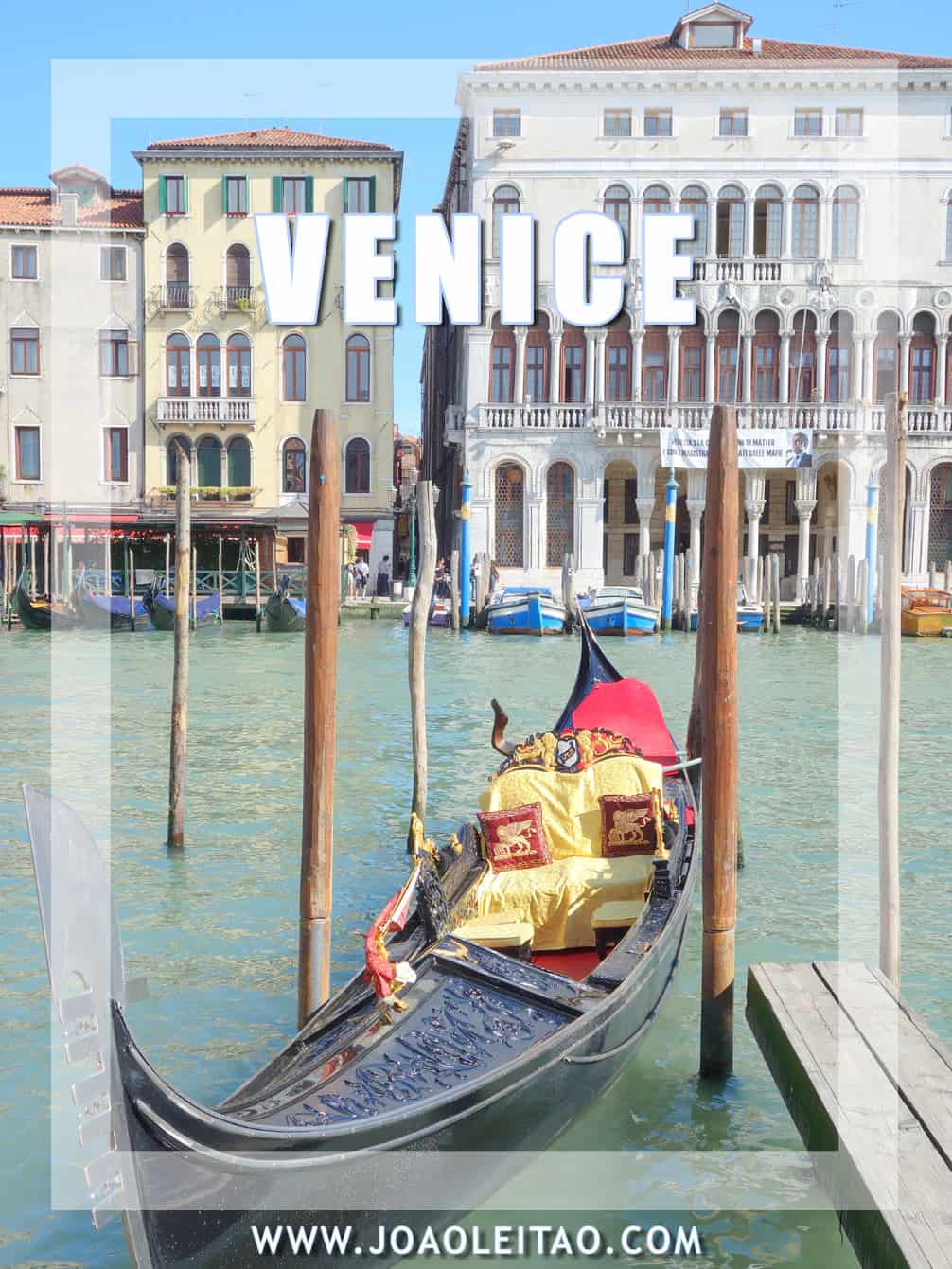Table of Contents
Visit Venice
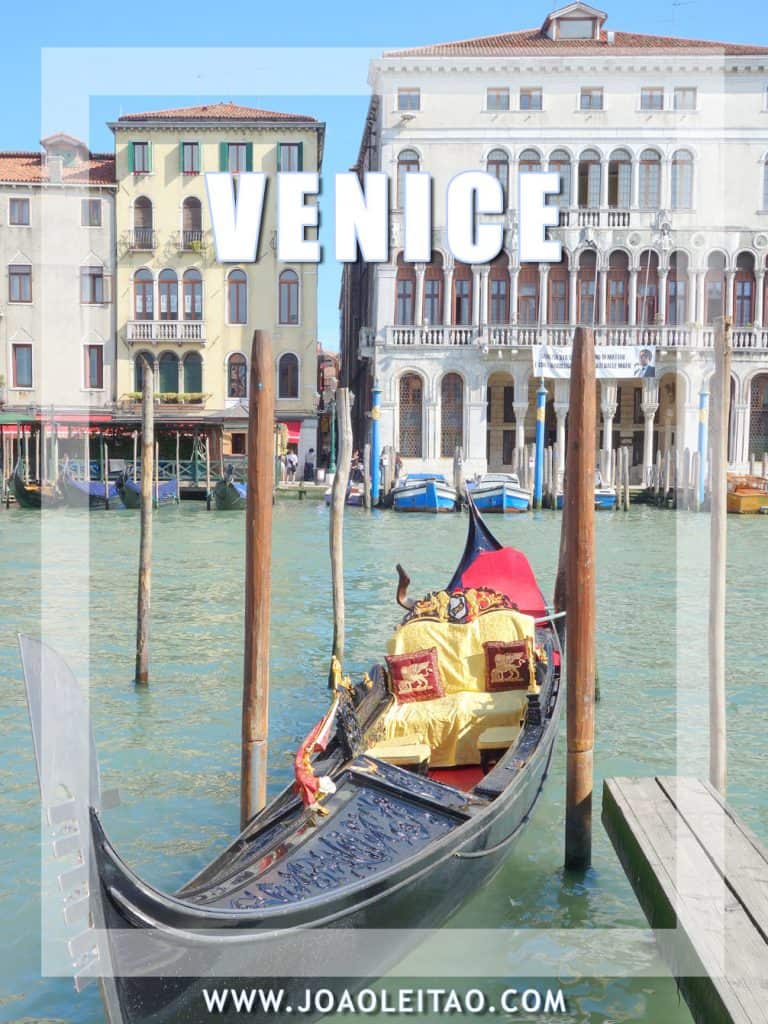
Venice, in the north of Italy, is one of the most famous and most visited places in the world. After a remarkable growth that started in the 10th century and spread the influence of Venice across the coasts of the Mediterranean, the beginning of Venice’s decline started in the 15th century pressured by the Ottoman Empire that began to influence areas that were once dominated by Italy.
In the following centuries, though, the power of Venice remained strong and the environment of the city still populates our imaginations, with stories of mystery and intrigue, masquerade balls, and traveling around in its intricate network of canals.
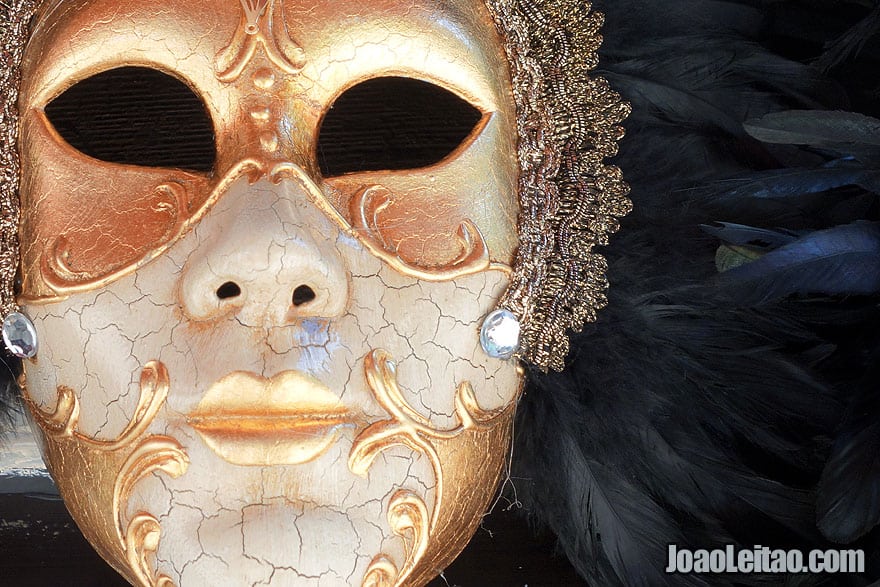
The atmosphere of opulence and charm remain the same today. In addition to the vast artistic and architectural heritage, the magic of the city increases because it’s unusually built on water. The water is also causing concern because of rising levels and the age of the structures the city is built on.
Venice is incredibly relevant historically, especially when you think of the area around the famous Piazza San Marco (St. Mark’s Square). It’s only natural that the city became a UNESCO World Heritage Site in 1987.
Why to visit Venice?
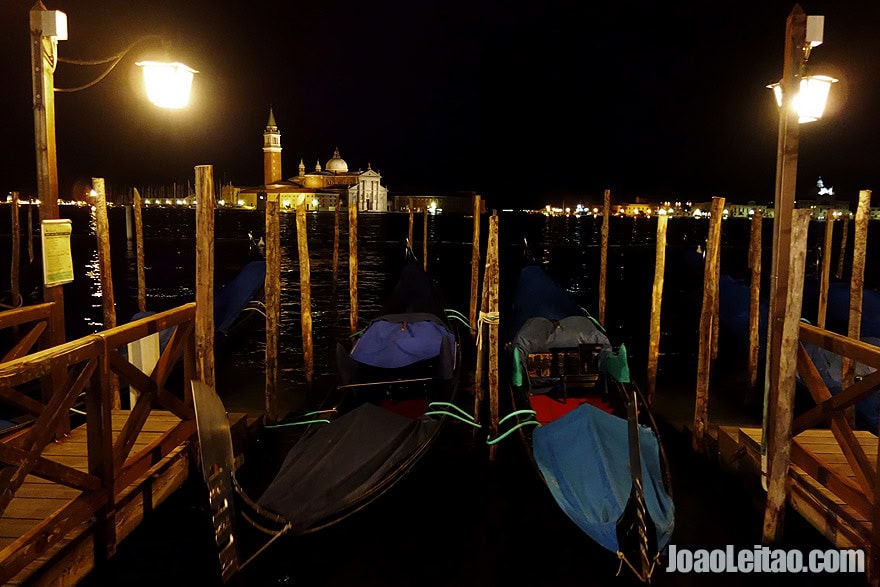
Venice is a place that almost doesn’t need any words to describe it.
It’s famous, historical, culturally on, memorable, outstanding.
Getting the opportunity to visit Venice comes out to be one of the nicest experiences a traveler might have.
Either visiting its palaces, exploring the museums, wandering along its old streets, discovering small alleys, crossing the countless picturesque bridges, taking a serenaded gondola ride on the canals, food and wine tasting, or just enjoying the romantic atmosphere, well, Venice will definitely keep you busy for a few days.
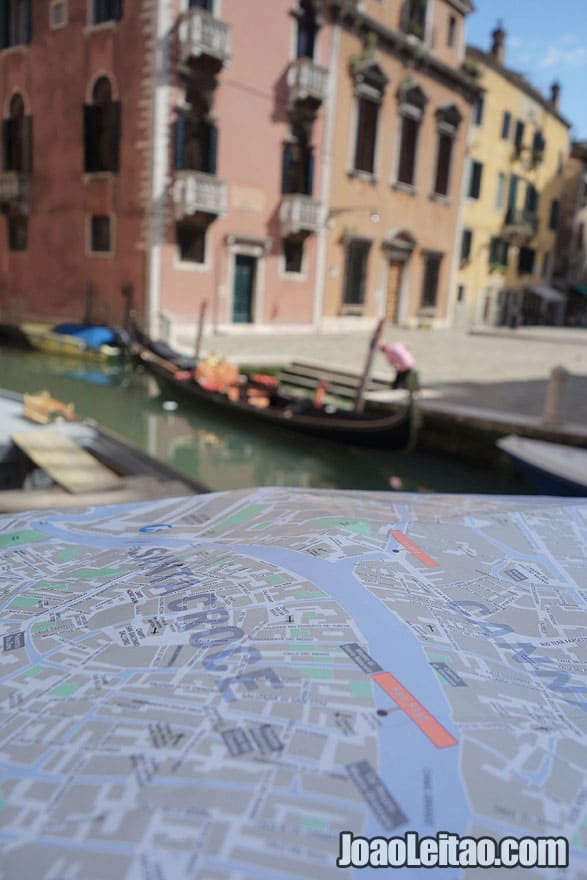
Venice was founded around the year 528, and it was the capital of the Republic of Venice for eleven centuries from 697 until 1797.
Venice outstanding features are the canals.
Yes, there are canals, and there is a lot of water in Venice. As there are no cars, the main transportation within the old city is made by small boats or just by walking.
Because it is located on a lagoon, between the estuaries of the Po and the Piave river, Venice is famous for this unique feature, as well as its architecture and cultural legacy. Venice and its lagoon are listed as a World Heritage site by UNESCO.
To visit Venice and walk around the city is very easy and you’ll have a great time.
Top 7 things to do in Venice
- 45 minute romantic gondola ride
- Visit the famous St. Mark’s Square
- Venetian wine and food
- Birdseye view of Venice from the top of the 99m / 325ft St. Mark’s Campanile
- Rialto Bridge view over the Grand Canal
- Tintoretto’s paintings at the Scuola Grande di San Rocco
- Venetian ice-cream
Venice main tourist attractions
Basilica San Marco
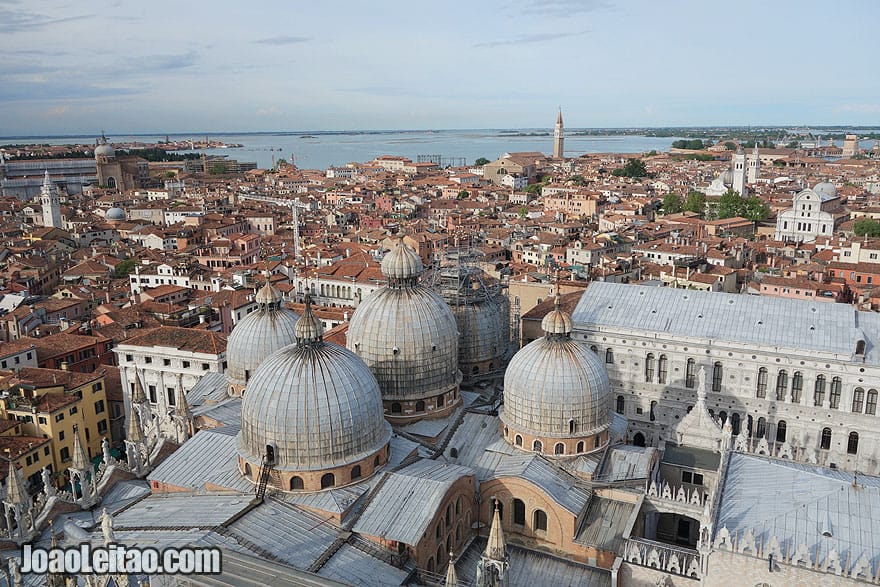
The Basilica San Marco (St. Mark’s Cathedral) is Venice’s most important building, giving the name to Piazza San Marco (St. Mark’s Square) where it’s located. It gained importance when the remains of St. Mark were brought to this church in 829 when it was just a modest chapel. Most of the treasures in this church were brought by Venetian Crusaders, after the collapse of the Byzantine Empire. Its interior is spectacular and it’s difficult to pinpoint just one thing to take a closer look. The impressive mosaics resemble the Byzantine style. Its five domes, 13 meters in diameter, are covered in golden mosaic, which granted the church the name “Basilica d’Oro” (Golden Church). Those are the original mosaics that date back to the end of the 12th century. The floor is made of pieces of colorful marble, laid in intricate patterns. The treasure room has equally rich pieces and there’s even a museum inside the cathedral.
Piazza San Marco
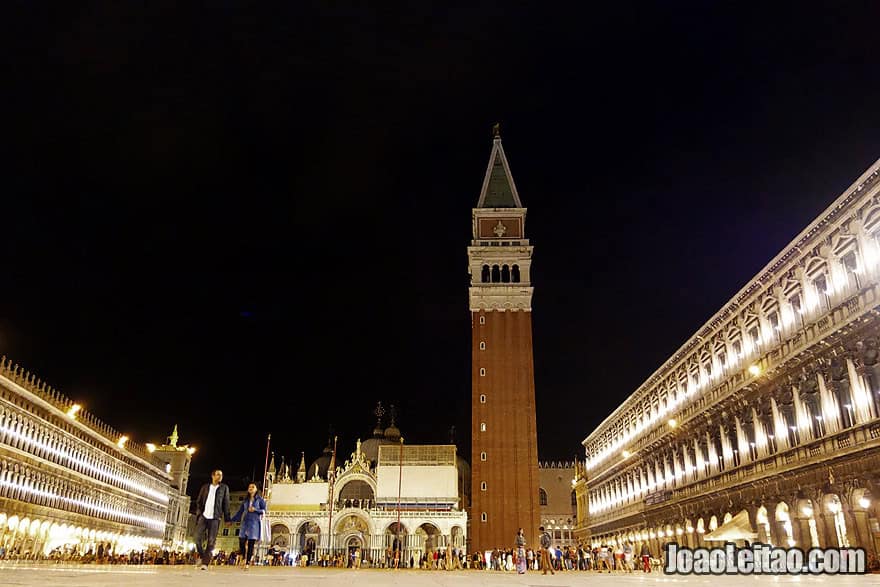
Piazza San Marco (St. Mark’s Square) is the center of Venice. In addition to being a social gathering place, where locals used to meet and go for strolls, it’s lined by arches, almost completely, and a series of buildings that deserve a section of their own: the Basilica San Marco, of course, but also the Palazzo Ducale (Doges Palace), the Campanile, the Clock Tower, Piazzetta, the Procuratie and the Napoleonic Wing, museums Correr and of Renaissance, and the Sansoviniana library. But let’s return to where we were: the square was born in the 9th century when it was just a small area with trees next to the small chapel that became the cathedral later. In 1174, the square gained some ground from the sea and expanded. It was already an important market at that time and in 1735 a stone pavement was laid, with marked spots for each vendor.
Piazzetta di San Marco
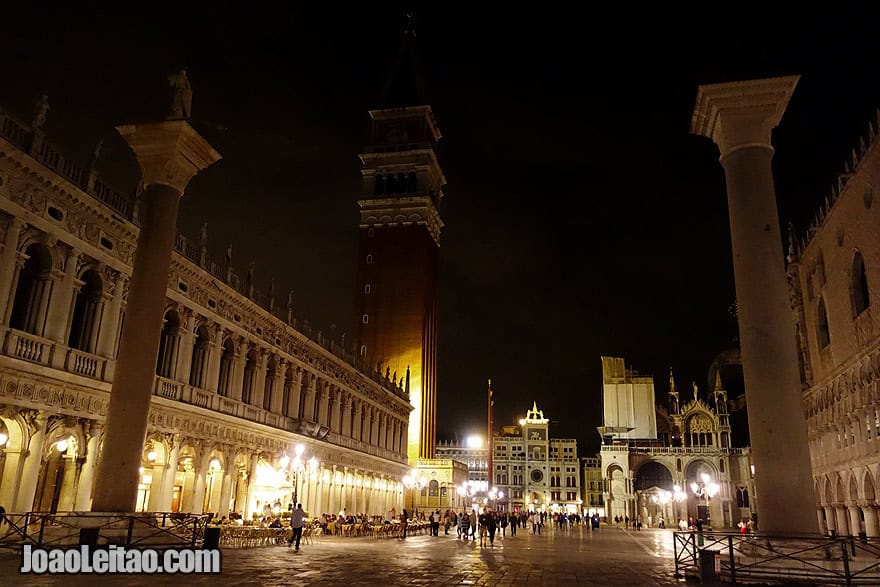
The Piazzetta, small square in Italian, links Piazza San Marco to the Grand Canal. For many tourists, this is the first place in Venice they set foot on. There’s a dramatic atmosphere to this place: the ocean on one side and the Doges Palace on the other side. On the left, the Libreria Vecchia with the Campanile, the Clock Tower, and the Procuratie appearing behind it. There are two huge columns by the sea, Colonna di Marco and Colonna di Teodoro, which are two of the three columns brought by Doge Michieli from Tyre, now Lebanon, in 1125. The third column fell into the sea when it was being carried and was never recovered.
Palazzo Ducale (Doges Palace)
Palazzo Ducale (Doges Palace) was the center of the Venetian influence for many centuries, built on the shores of the Mediterranean. Construction began in 1340, but was extensively restored over centuries and sometimes even rebuilt, like after the great fire that destroyed the palace in 1483. It’s one of the city’s most iconic buildings, leaning over the sea, next to the St. Mark’s Square and Cathedral. Outside, the highlights are the arches and Porta della Carta in Venetian Gothic style, which is the main style of the whole building. Visit inside the palace to see the Sala del Maggior Consiglio, with a large oil painting by Tintoretto and works by Bellini, Carpaccio, Veronese, and Titian. Across from the Bridge of Sighs is the palace’s prison.
Campanile (Bell Tower)
The Campanile adds verticality to the spacious St. Mark’s Square, and it works as the Basilica’s bell tower. It’s located near the corner of Procuratie Nuove, at the connection of the San Marco Piazzetta and Piazza. It took 200 years to build and it was completed in the 12th century. A roof and a pinnacle were added in the 15th century. It’s so high that for a long time it served as a lighthouse for the ships coming to Venice. In 1902 the structure collapsed crashing Loggeta, a 1540 marble building that used to be at the bottom, but no one got hurt. What we see now is a replica of the original Campanale, that was finished in 1912. Loggeta was also rebuilt with most of the original materials. You can visit the top of the tower, accessible by elevator, but the lines are usually very long.
Grand Canal
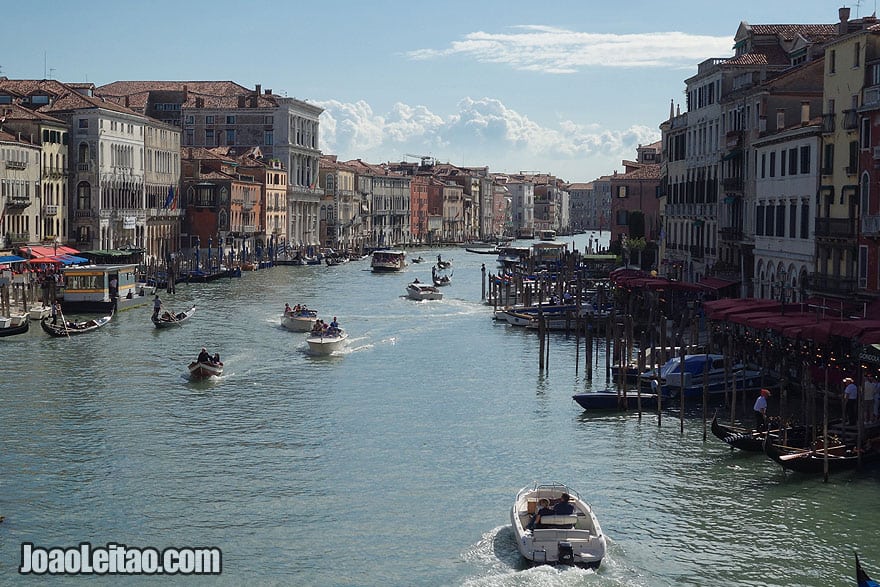
Grand Canal is the main “road” of Venice, crossing the city from St. Mark’s to the Santa Lucia train station. It’s lined by beautiful historic buildings, over 170 of them, from the 13th to the 17th centuries. A ride at the canal is like taking a trip to Venice’s past through different architecture styles: Venetian Byzantine, Venetian Gothic, Renaissance, Venetian Baroque, Neoclassic, and, of course, the more modern buildings.
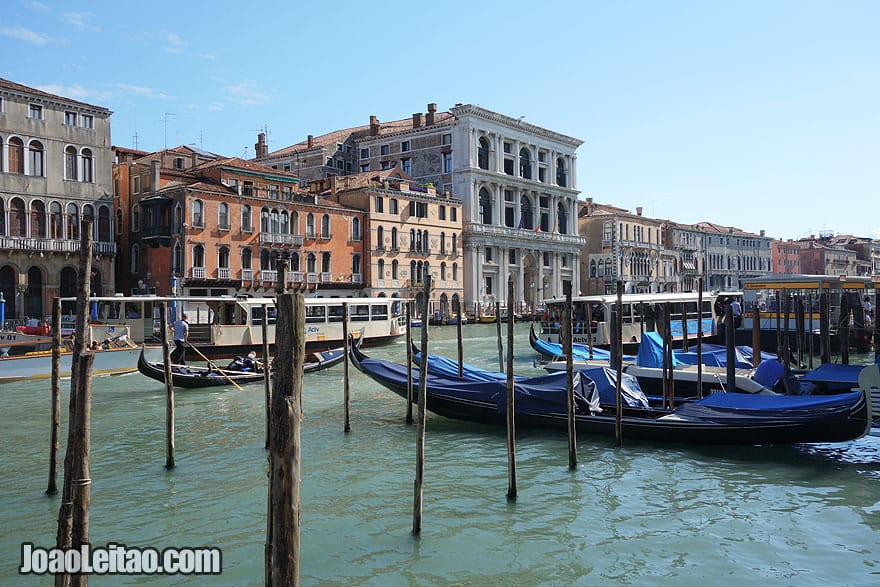
Vaporetto waterbuses and gondolas in the Grand Canal.
There are boats, public and private, used for transportation. Up until the 19th century, there was only one bridge over the Grand Canal, Rialto, a solution for the intense traffic in the canals. Nowadays there are a total of four bridges.
Rialto Bridge
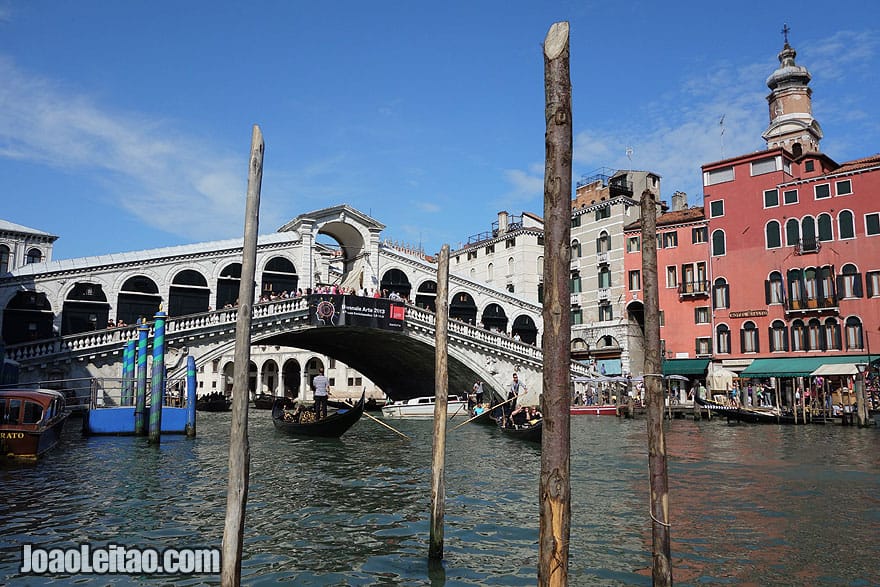
This was the first bridge across the Grand Canal and the only one until the 19th century. It was built in 1591, on the same place where there used to be a wooden bridge since 1255. This old bridge was built to connect the important Rialto market with the rest of the city, and it used to have stores on top. But, over time, the wood bridge became more and more unstable: despite constant maintenance, it burned partially during the uprisings of 1310, and it collapsed under the weight of the crowd watching a naval parade in 1444, and again for the same reasons in 1524. That’s when the need to update the bridge appeared and they rebuilt it in stone. The current bridge was designed by Antonio da Ponte and is not very different from the one it replaced, with two ramps that meet at an entryway in the middle.
Peggy Guggenheim Collection
The Peggy Guggenheim Collection is on display at Palazzo Venier dei Leoni, a palace from the 18th century that Peggy Guggenheim bought in 1949 and where she lived for 30 years. The palace was designed by Venetian architect Lorenzo Boschetti and might look like a modern building when seen from afar. The modern art collection includes pieces that Peggy gathered over the years, from different periods such as Cubism, Surrealism, Abstract Expressionism, Italian Futurism, and North-American Modernism. In 1951, Peggy decided to open part of the property to the public and showcase her collection for a few months each year. In 1976, she donated all this to the Solomon R. Guggenheim Foundation that founded the Peggy Guggenheim Collection in 1980, more or less like we see it today.
Clock Tower
This iconic building at Piazza San Marco was designed and built in under three years, between 1496 and 1499, a project by Mauro Codussi. Its style is the typical one found in the golden era of Venice, despite some elements like the mosaics with golden stars and the San Marco lion were added in 1755 by Giorgio Massari. The clock tells time, shows the moon phases and the Zodiac signs, and was created by Ranieri and his son. You can visit inside the building and access the top terrace through a staircase.
Santa Maria Gloriosa dei Frari Church
This church, one of the largest in the city, is usually called just Frari. It’s located in the San Polo area, at the same place where the Franciscans built another church in 1338. The current church began construction shortly after but it took almost a century to finish. The bellower, the tallest in Venice after the one at Piazza San Marco, was completed in 1396. It’s a brick building in Italian Gothic style, without much appeal on the outside. The must-sees are inside, where you’ll find a vast collection of art pieces.
Photos of Venice, Italy
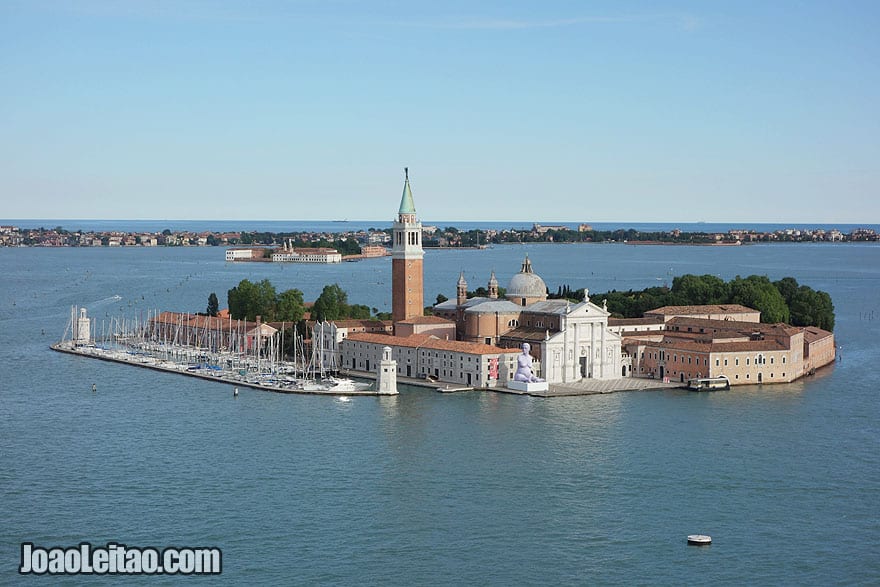
View of San Giorgio Maggiore Island from the top of St. Mark’s Campanile in Venice.
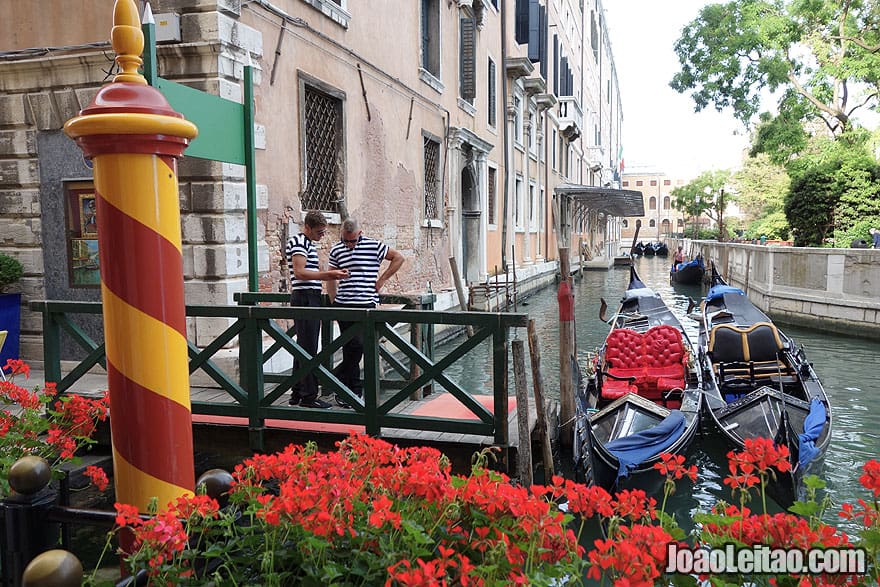
The men who steer a gondola are called gondoliers.
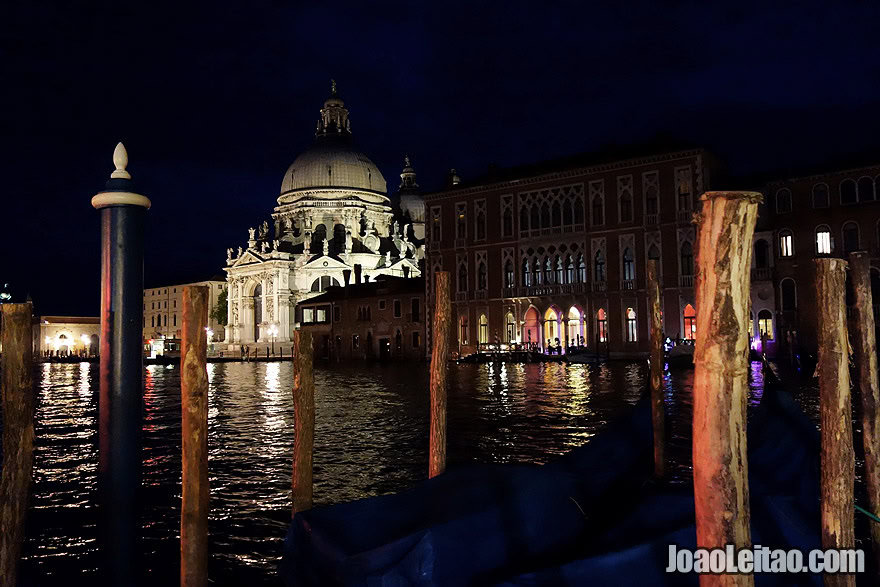
Impressive view of the Basilica of St Mary of Health by night. The Italian name for this church is Basilica di Santa Maria della Salute.
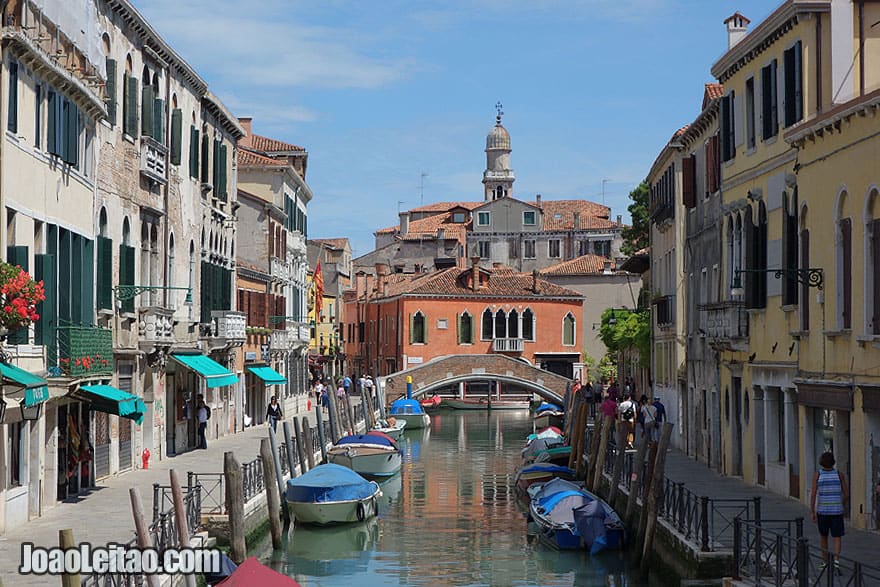
Venice beautiful water canal scene.
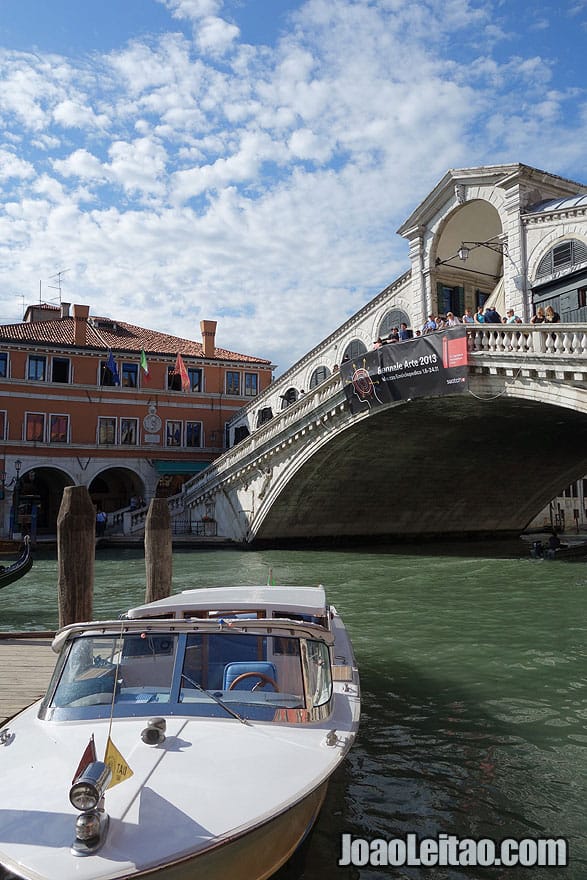
Boat taxi and the Rialto Bridge or Ponte di Rialto spanning the Grand Canal in Venice.
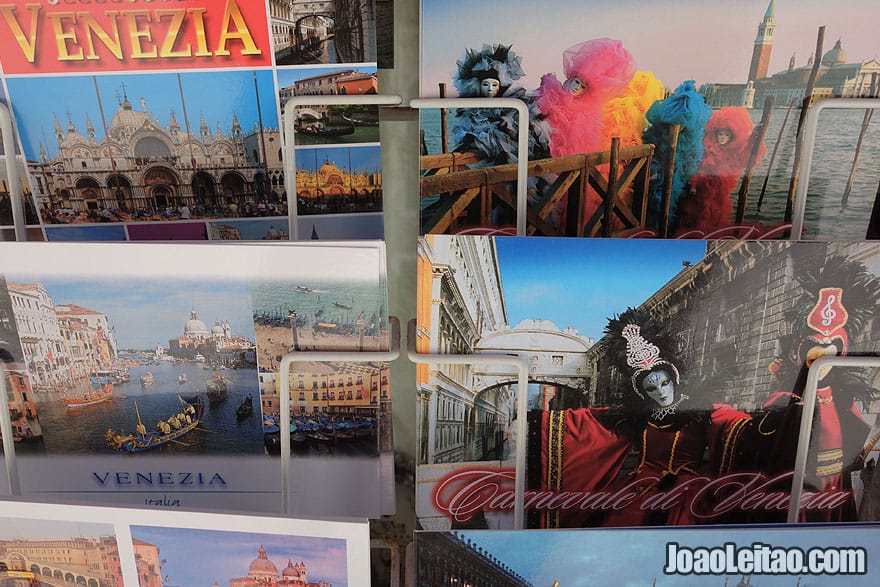
While in the city, you can send some great postcards back home to your family and friends.
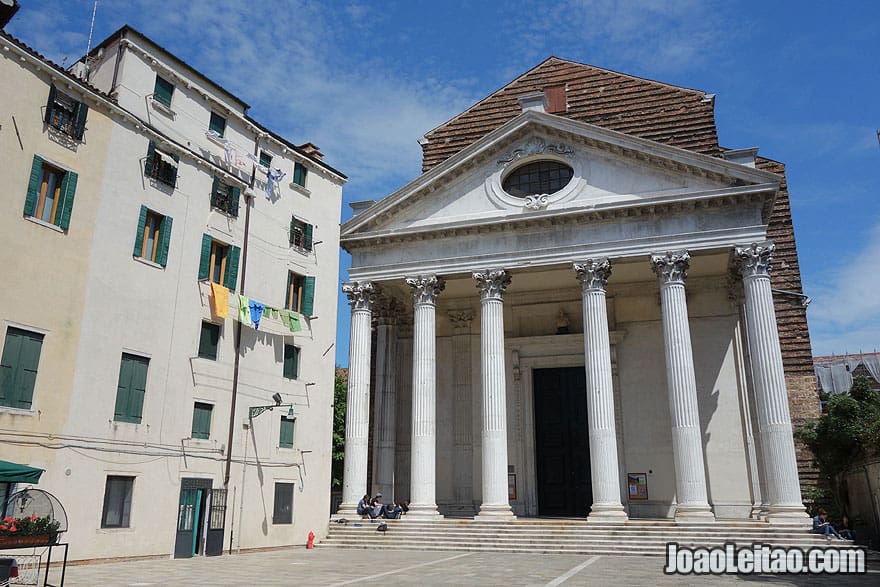
Chiesa di San Nicola da Tolentino Church facade. The church of St. Nicholas of Tolentino is a 16th century religious building located in Santa Croce district.
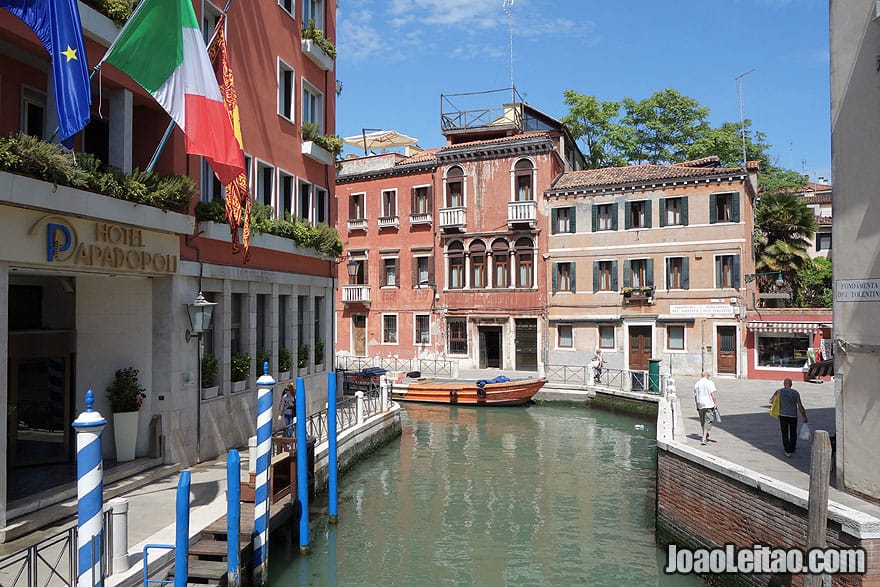
5 star Hotel Papadopoli Venezia and Rio dei Tolentini canal.
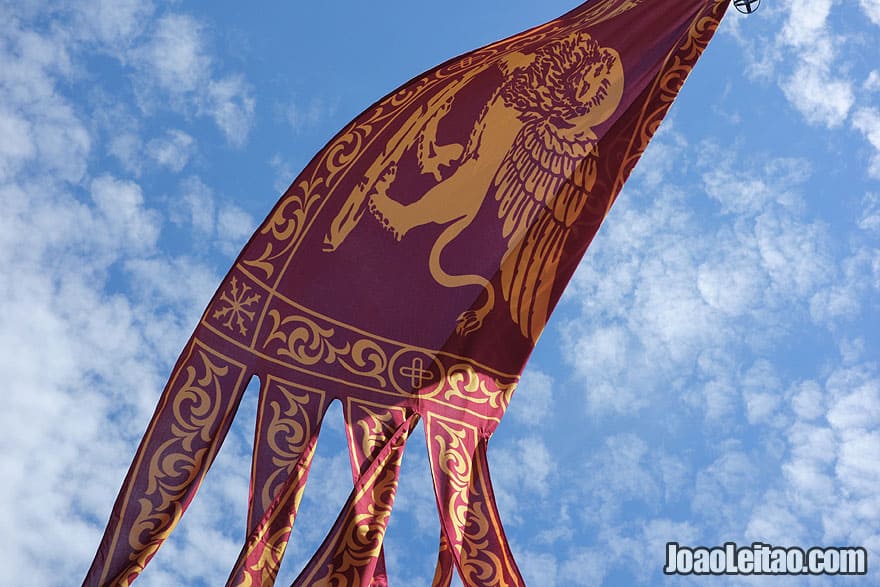
Flag of the old Republic of Venice with the Lion of Saint Mark holding an opened gospel and Latin motto “Pax tibi Marce evangelista meus“, “Peace to you Mark, my evangelist.”
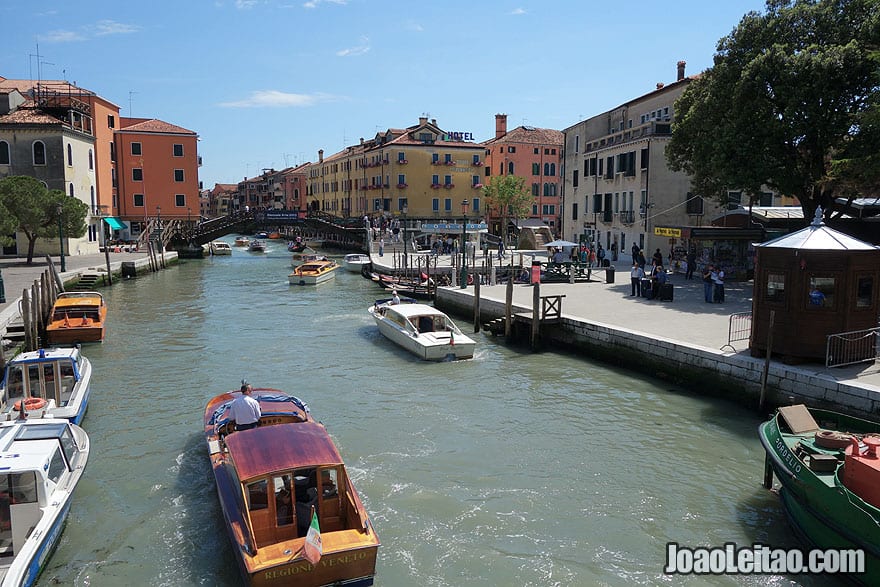
Boats over the Rio Novo canal.
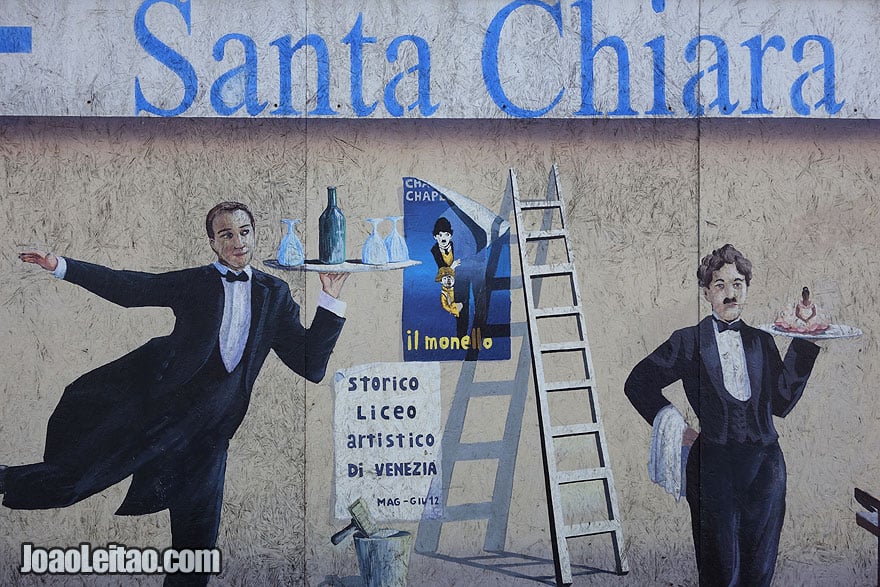
Street art in Santa Chiara district.
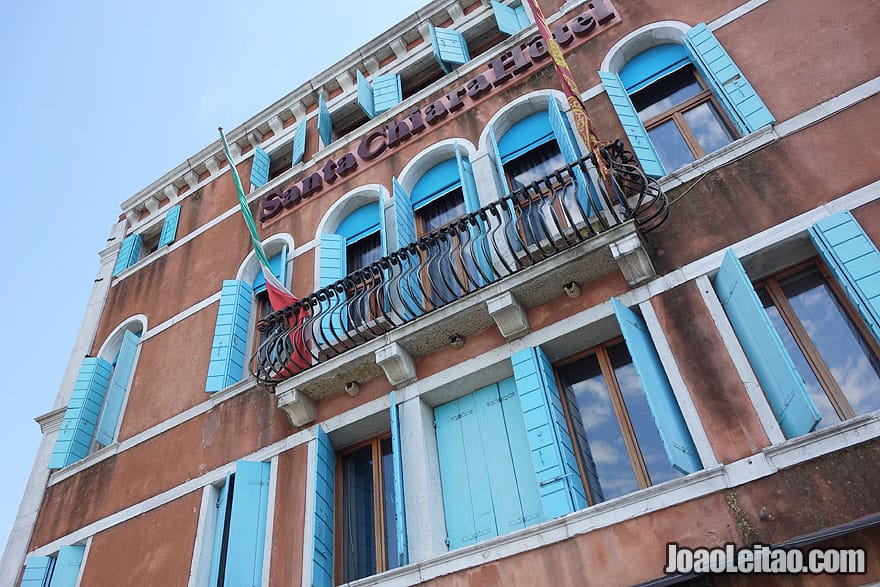
Santa Chiara Hotel facade.
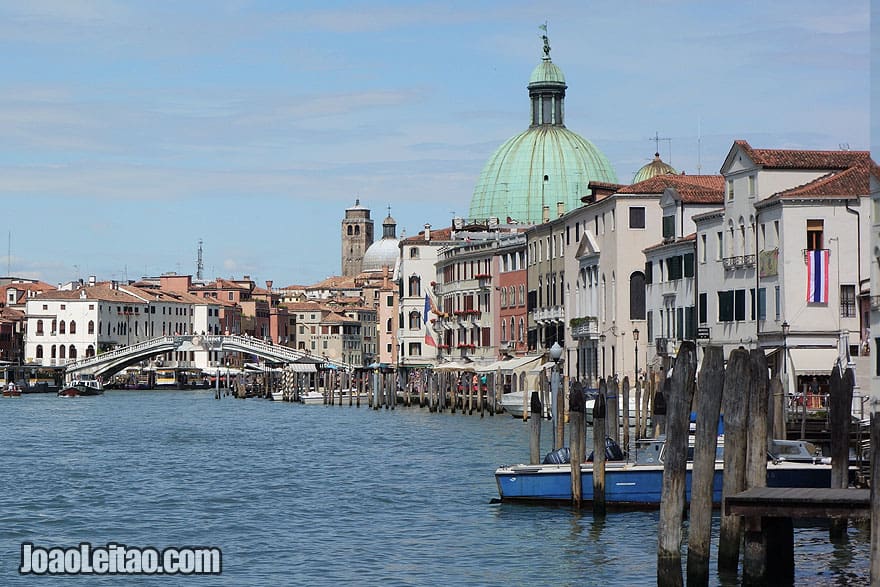
Green dome of the San Simeone Piccolo Church. The building was erected back in the 12th century, but the present architecture comes from the 1738 renovation.

Venice canal with Chiesa di San Nicola da Tolentino Church.
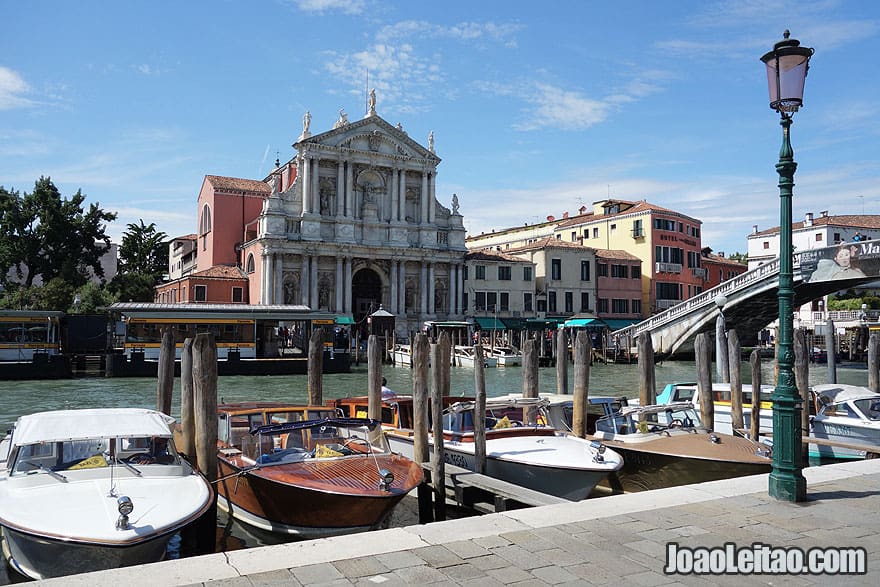
Roman Catholic Carmelite church also called Church of the Scalzi.
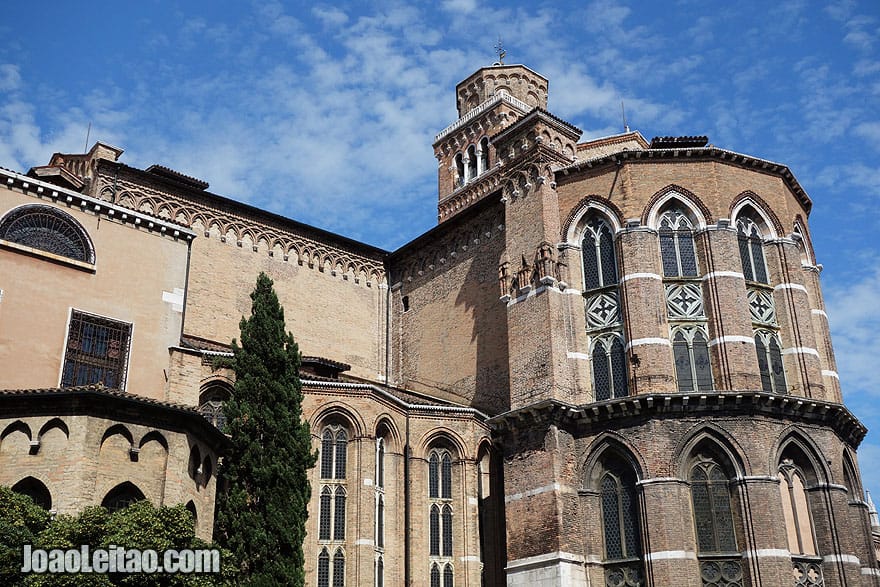
Basílica de Santa Maria Gloriosa dei Frari in Venice.
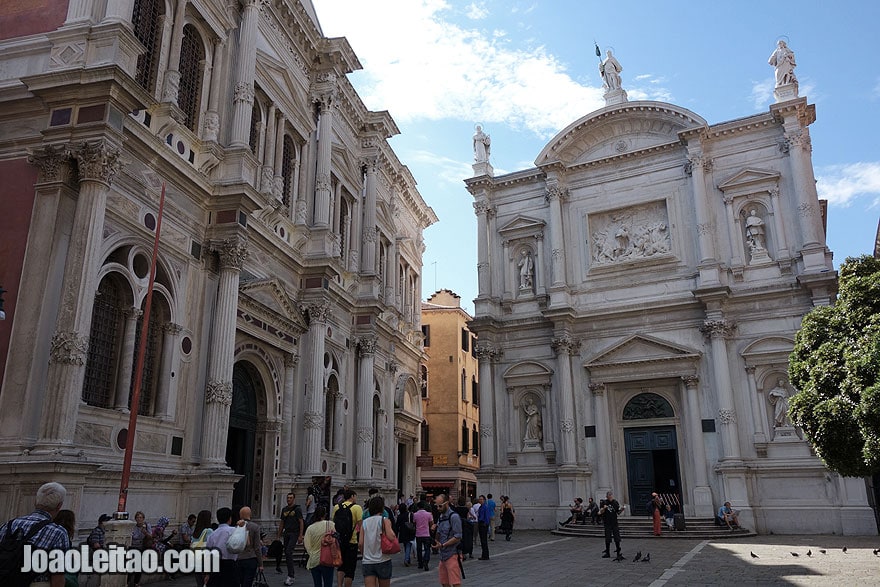
Tintoretto street and the Scuola Grande di San Rocco.
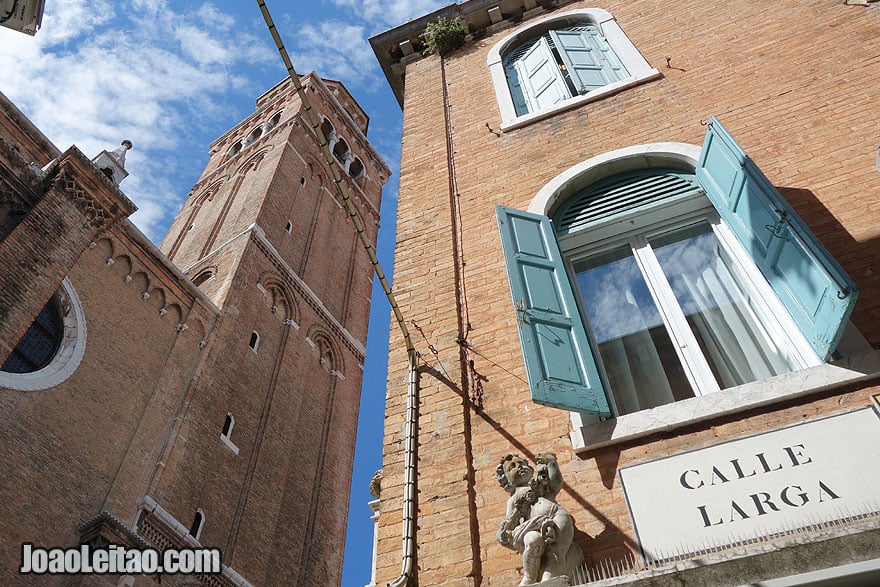
Basílica de Santa Maria Gloriosa dei Frari in Venice.
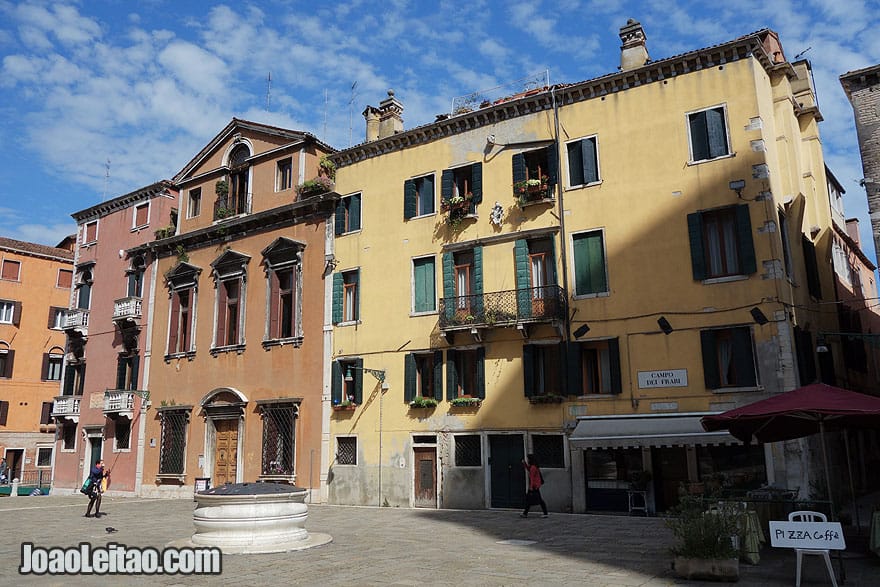
Buildings in Campo Sant’Angelo Square.
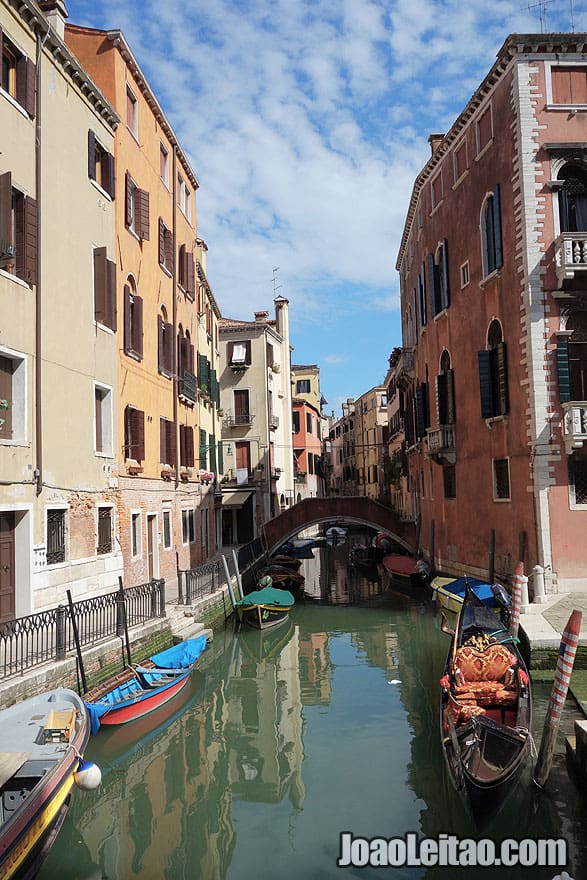
Venice water canal.
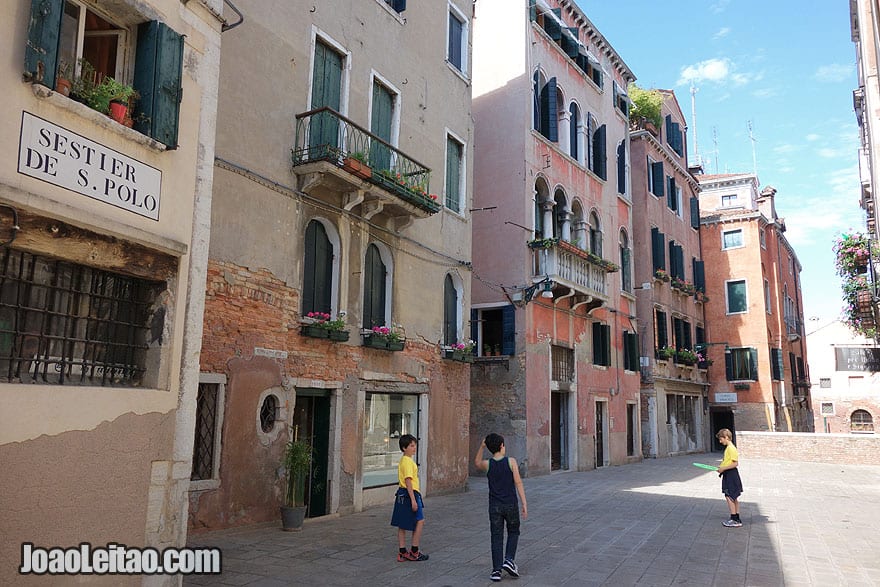
Italian kids playing in Venice.
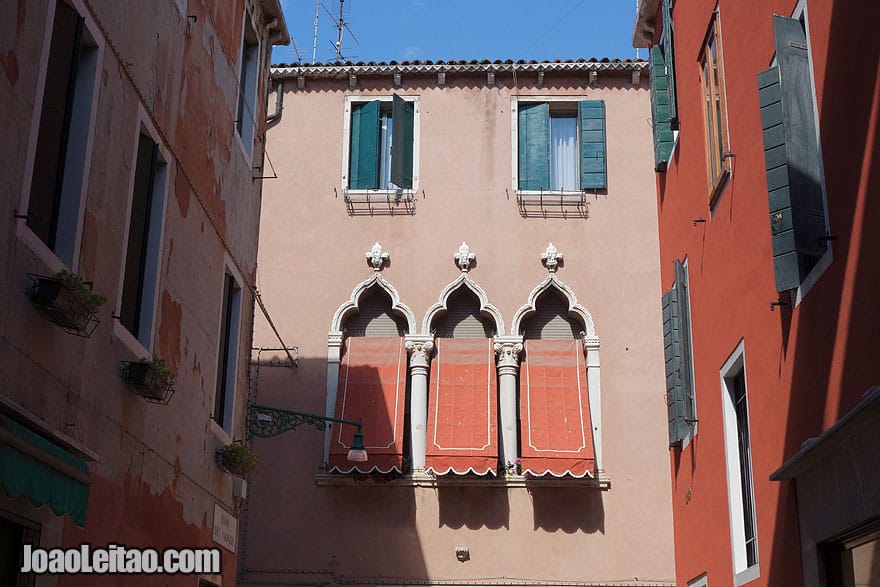
Pink building in Venice.
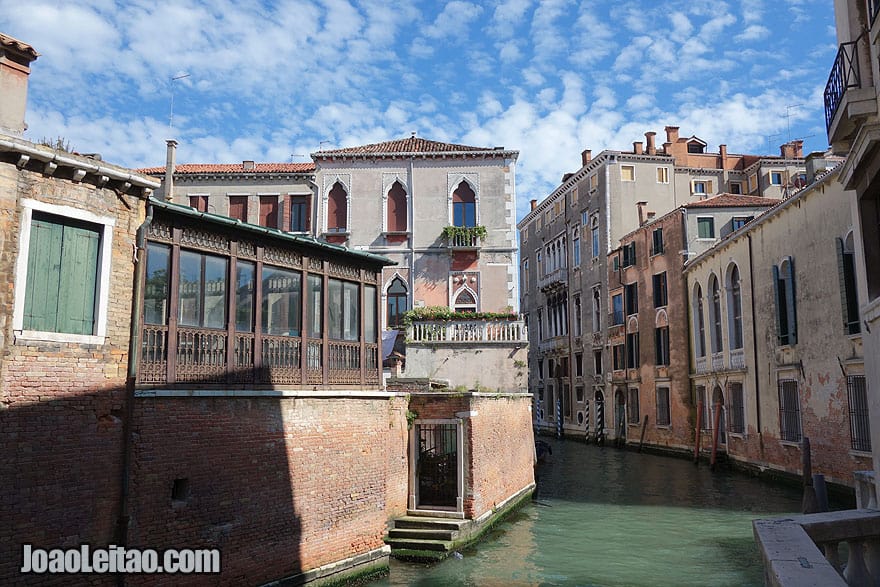
Beautiful Venice architecture and water canal.
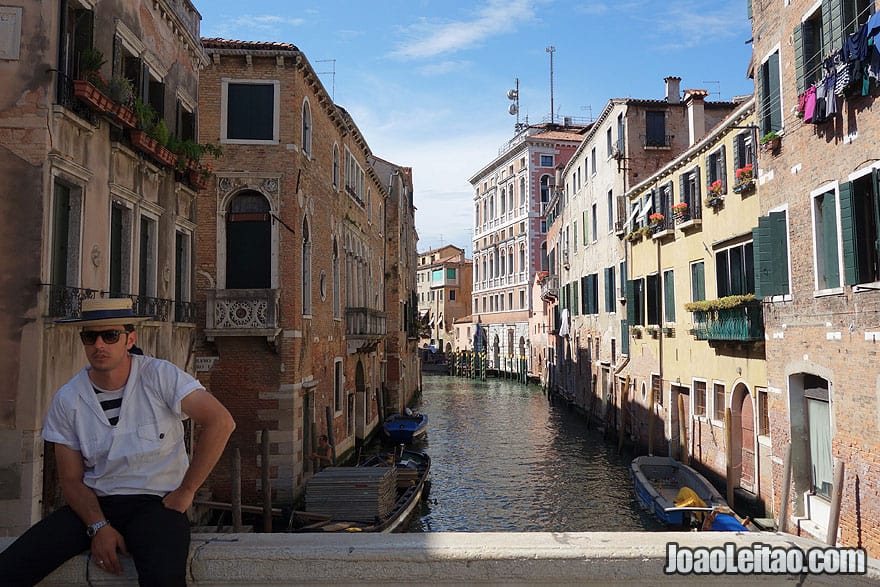
Gondolier Venetian boatman is waiting for clients.
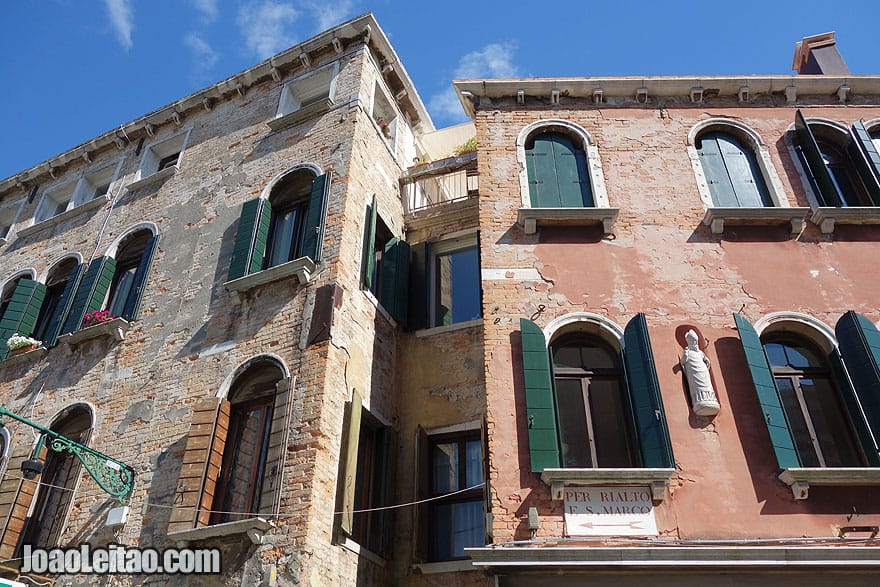
Old buildings in Venice.
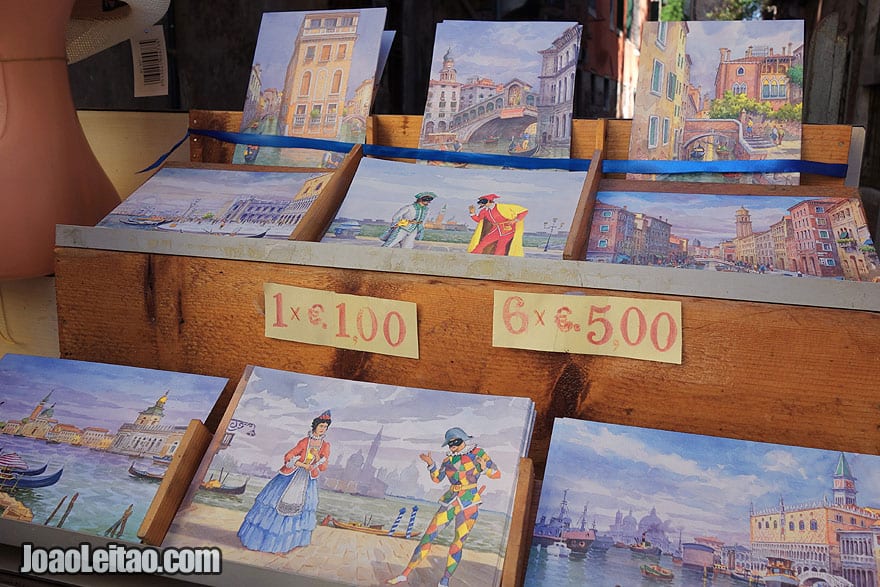
Venetian art for sale.
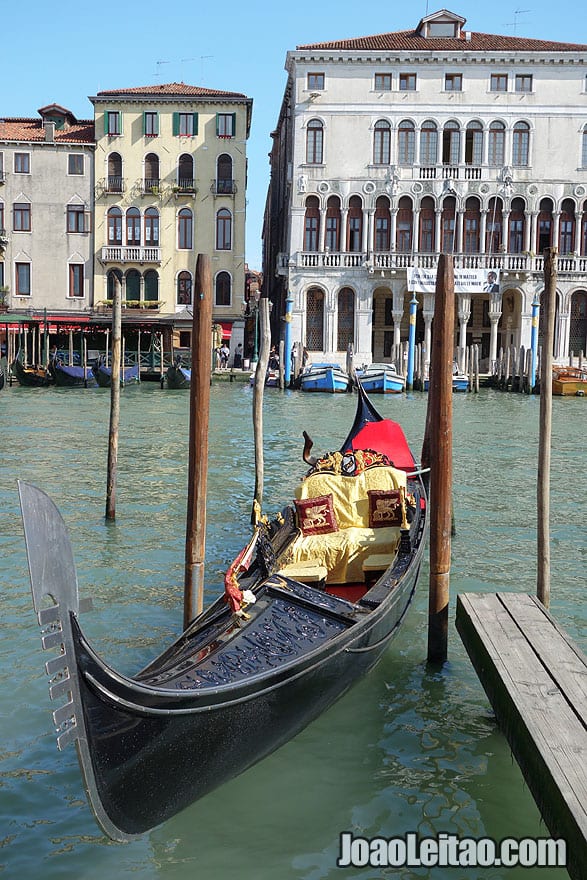
Adorable Gondola parked in Venice.
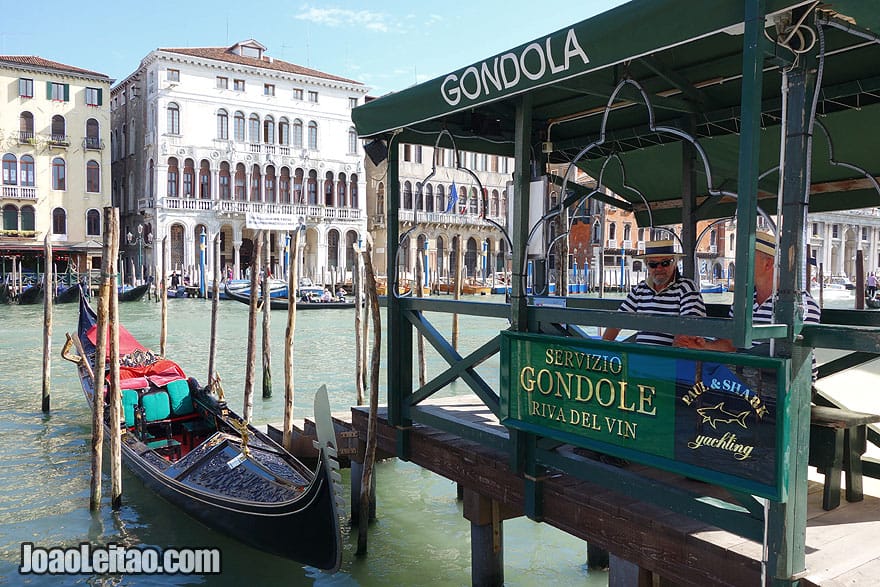
Gondola stop in the Grand Canal.
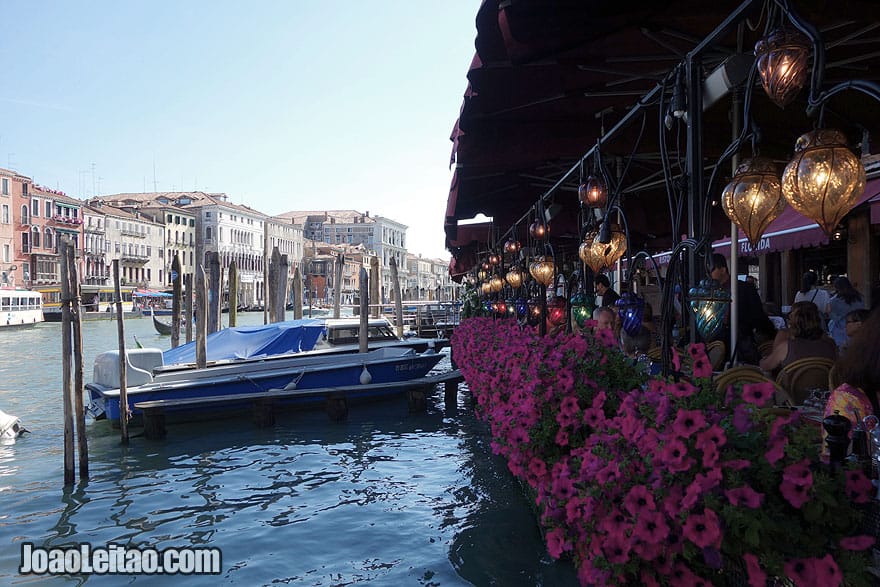
Restaurant in Venice located on the shore of the famous Grand Canal.

Rialto Bridge in the Grand Canal.
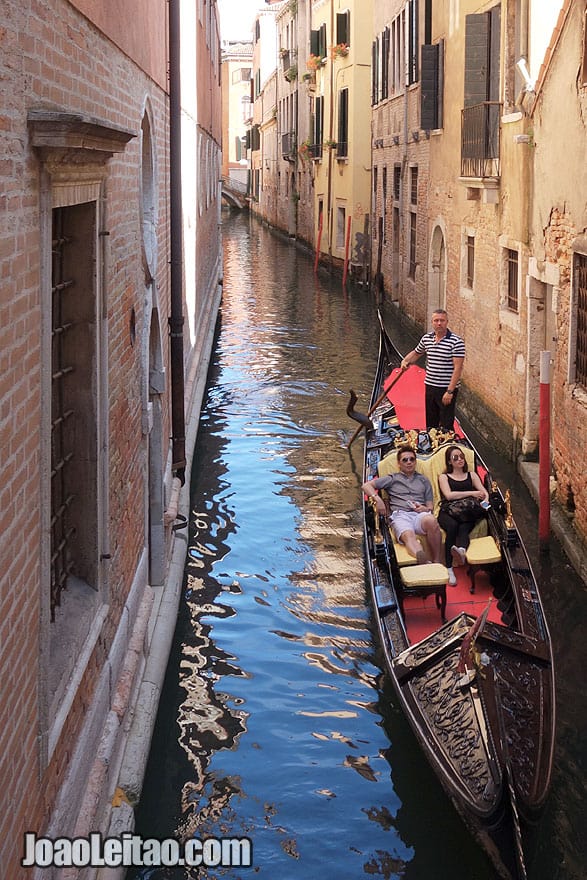
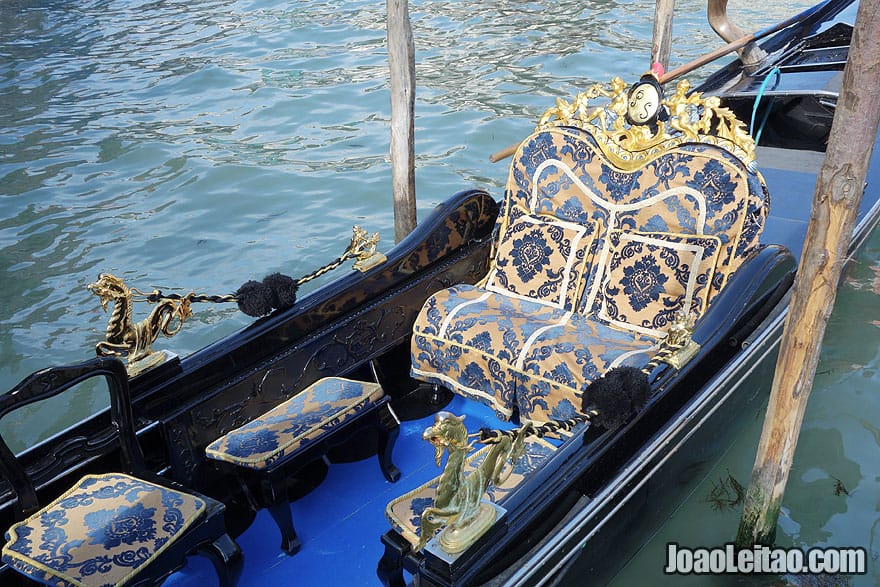
Gondola decorated with exquisite Venetian motives.
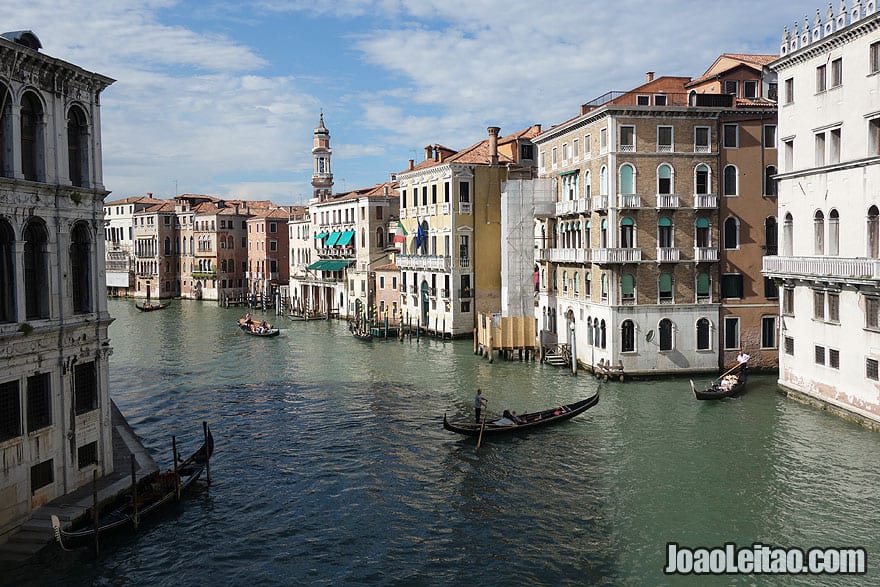
Venice Grand Canal beautiful view.
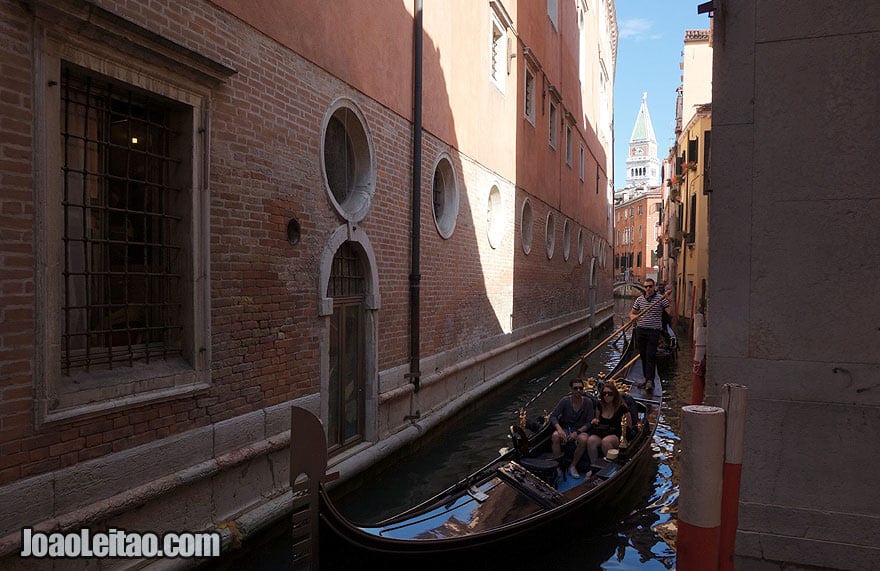
Venice narrow canal with tourist on a gondola.
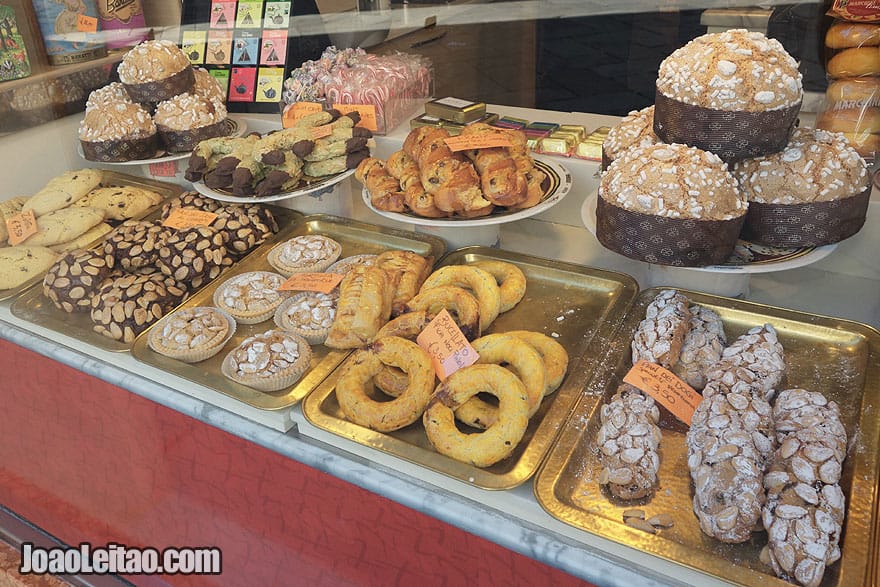
Venetian tasty and sweet pastries.
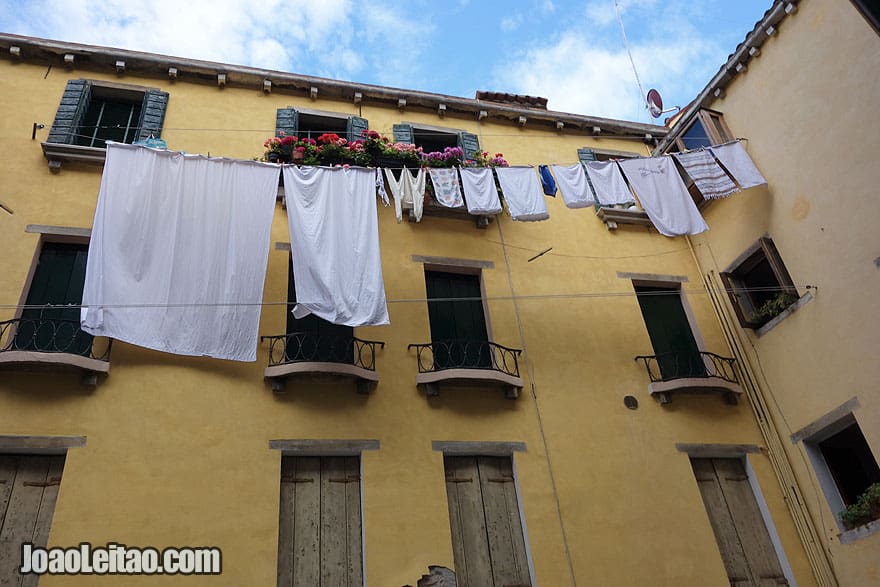
Yellow house with clothes in Venice.
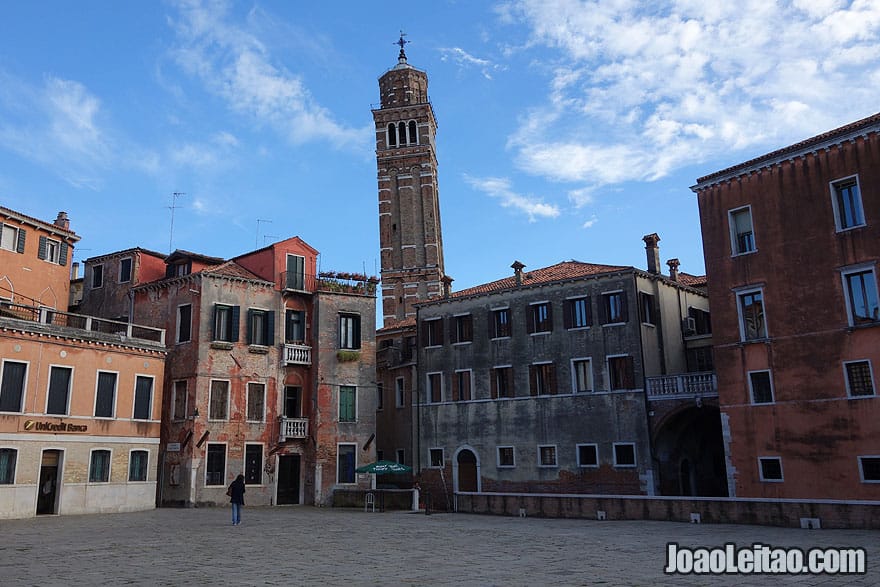
The leaning campanile of Santo Stefano Church.
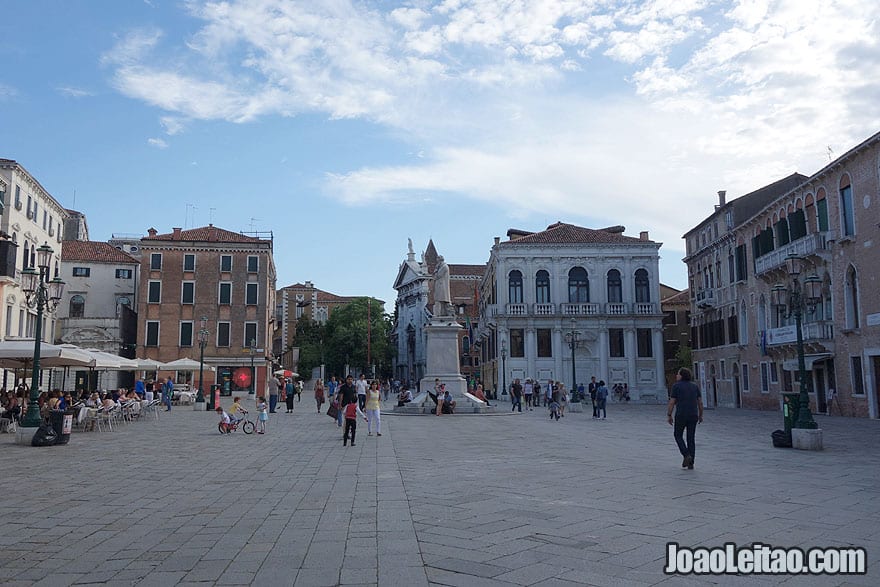
Campo Santo Stefano Square in Venice.
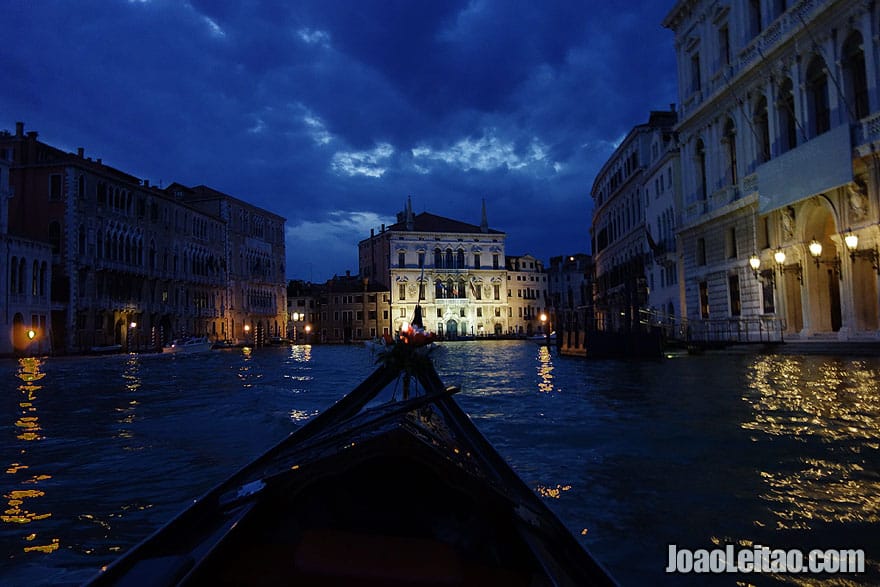
Romantic sunset gondola ride in Venice. The standard touristic gondola trip in Venice lasts about 45 minutes.
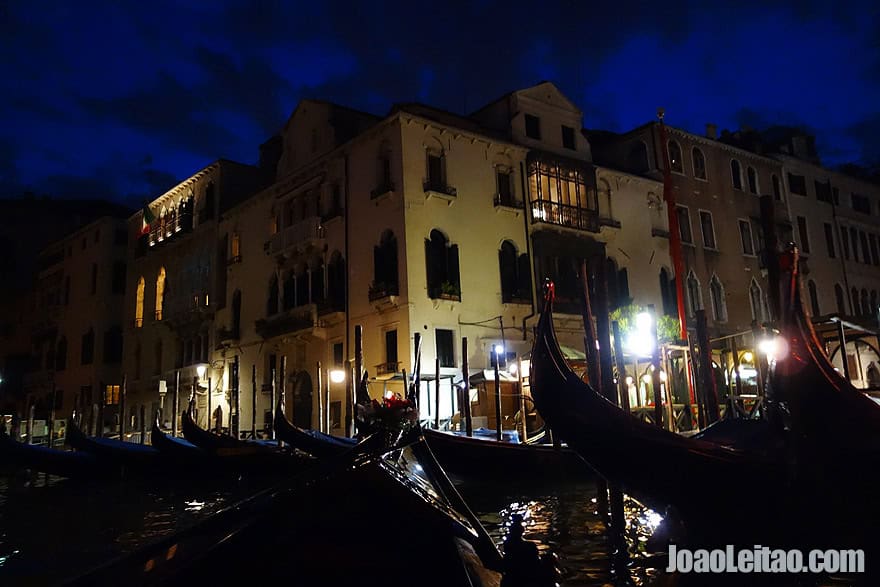
Gondolas in S. Maria del Giglio by night.
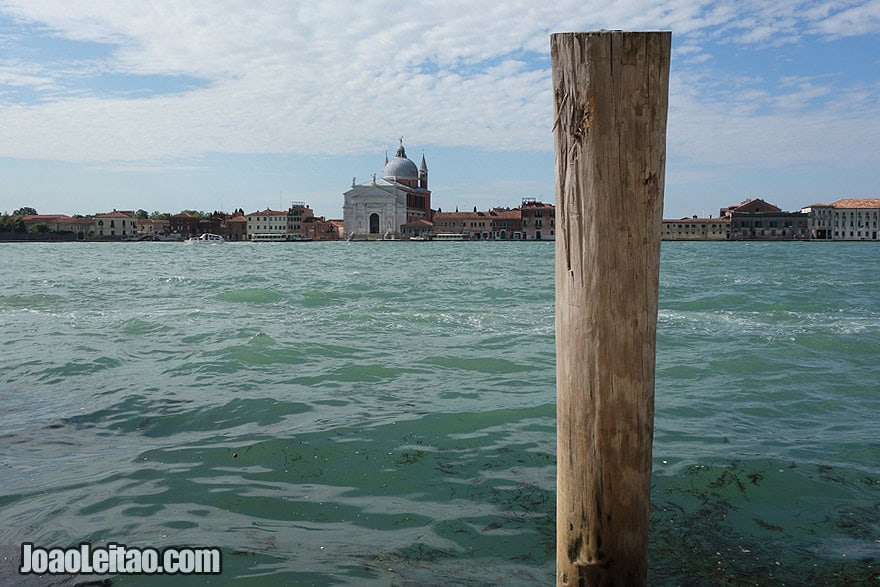
Chiesa del Santissimo Redentore or Church of the Most Holy Redeemer from far.
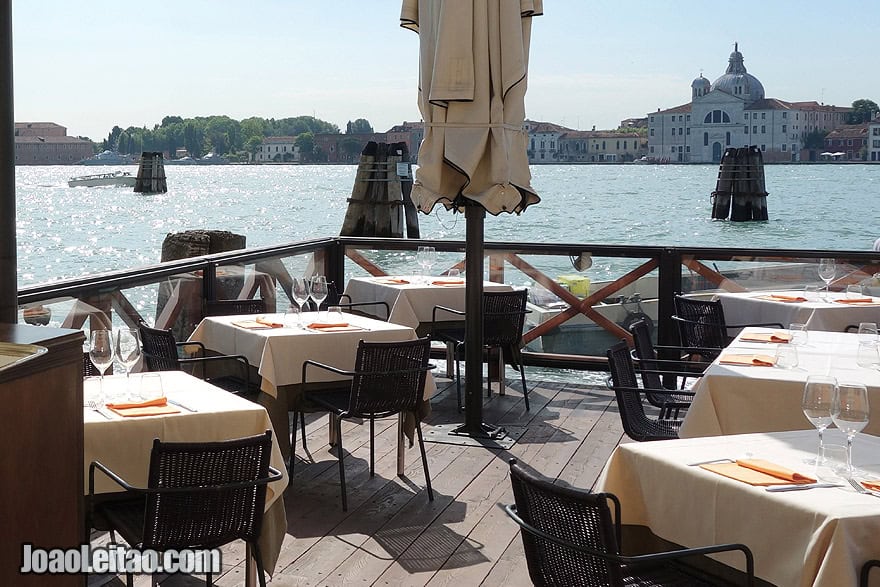
Venice restaurant overlooking the canal.
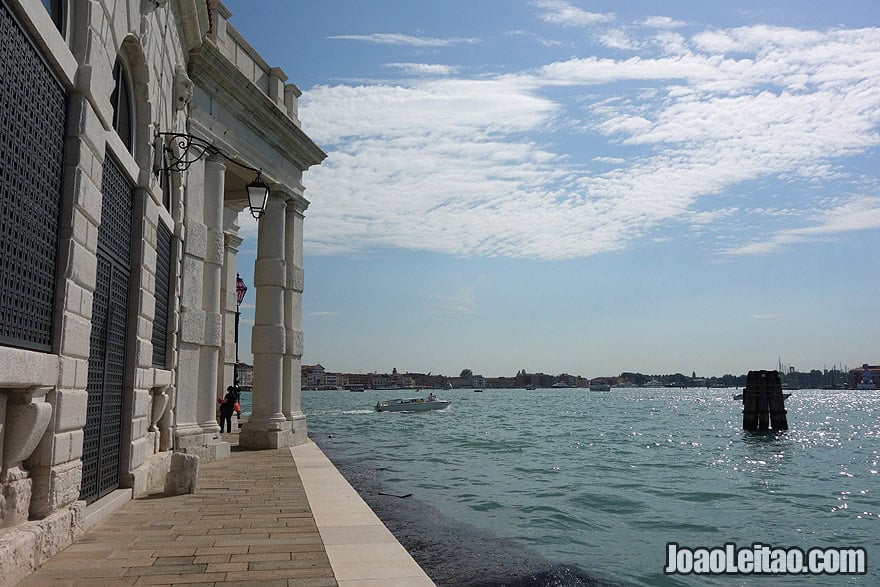
Venice’s old customs building.
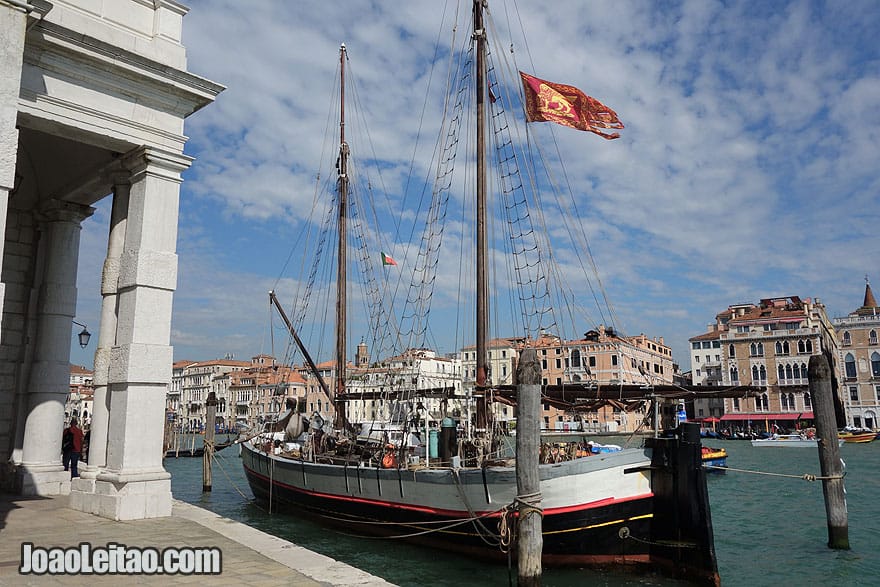
Boat in Venice.
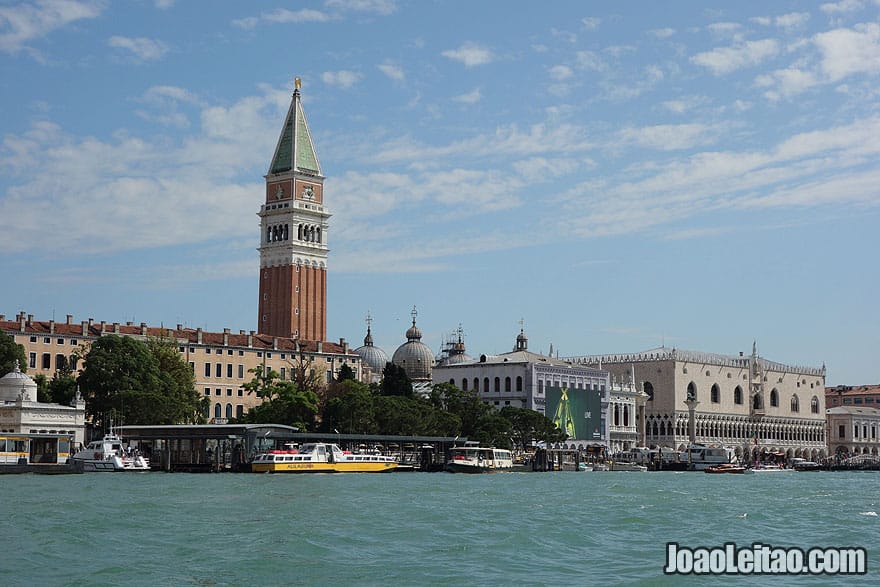
Venice Clock Tower in St. Mark’s Square seen from far.
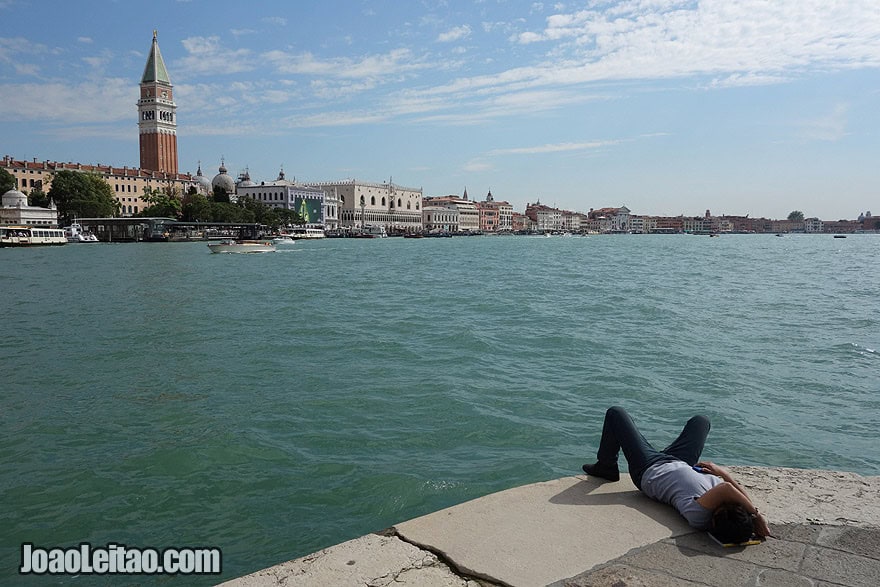
View of Venice from the Punta della Dogana di Mare.
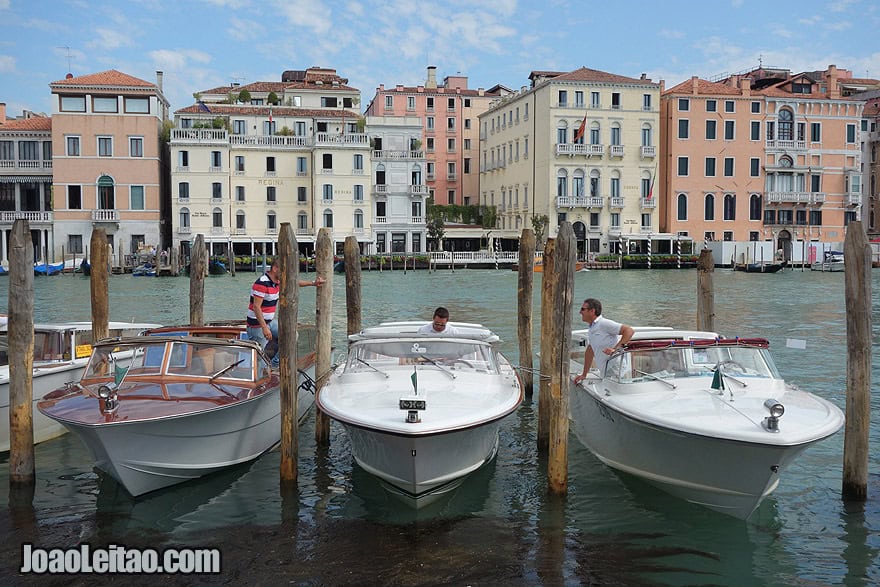
James Bond’s Venice look like scene.
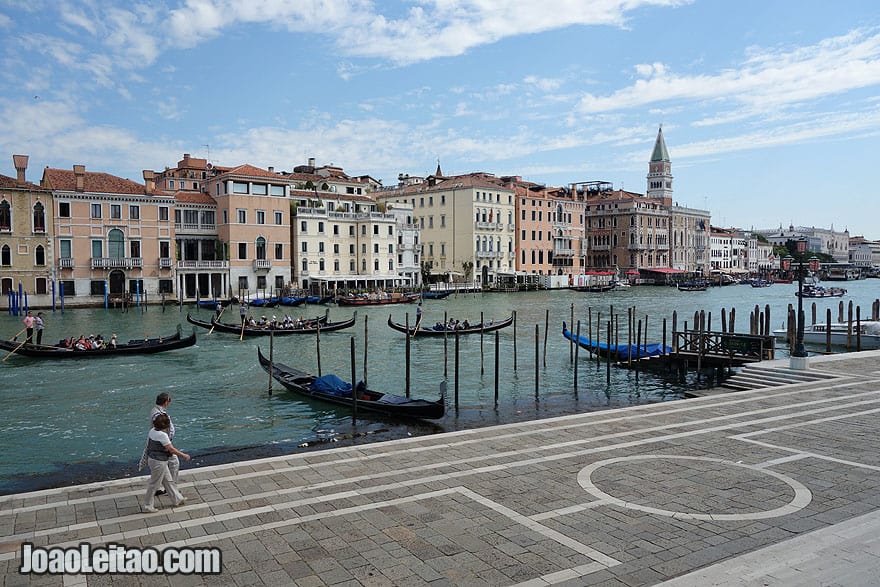
View of Venice from the entrance of the Grand Canal.
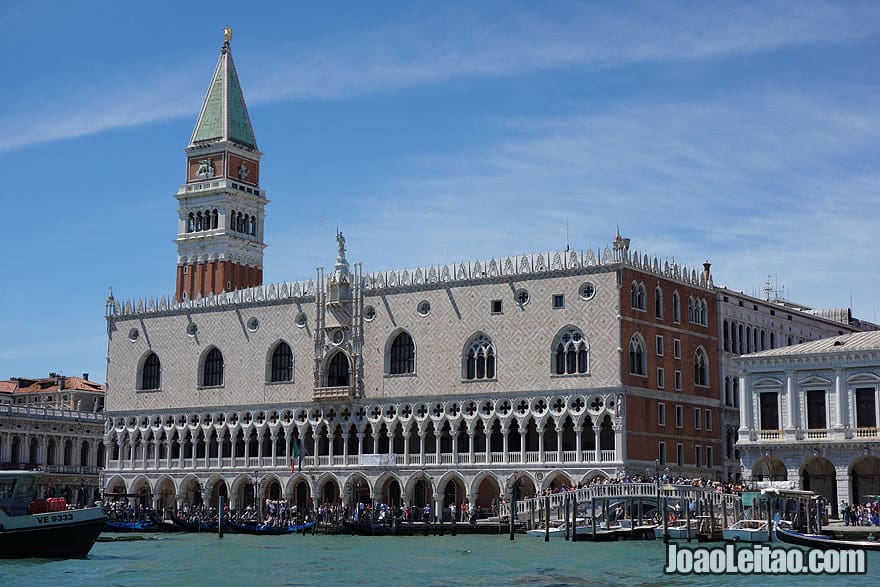
View of the Doge’s Palace in Venice.
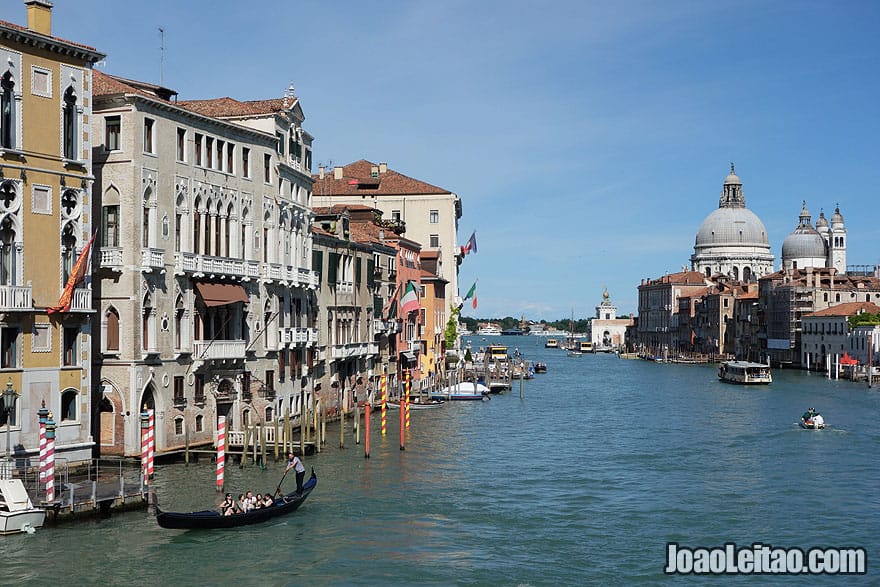
View of the Gran Canal with the Basilica of St Mary of Health.
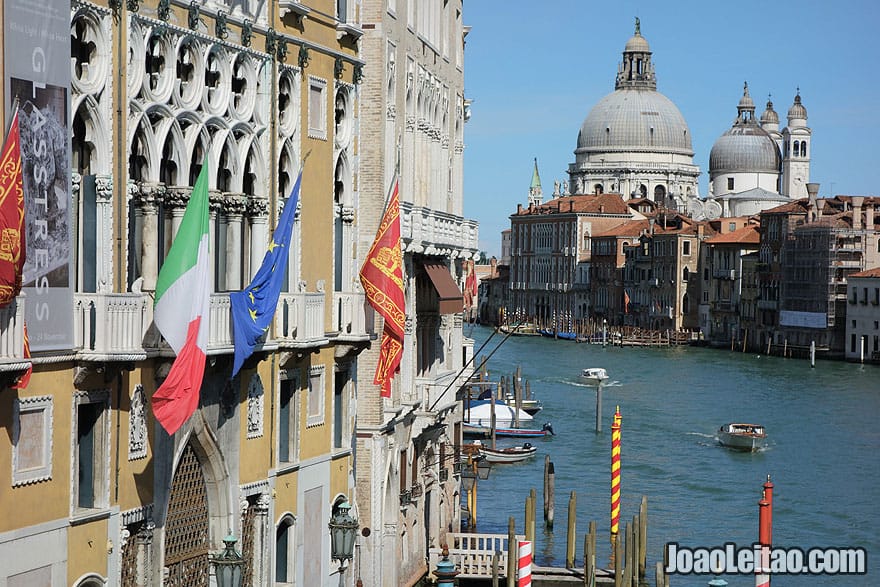
View from the top of Ponte dell’Accademia, one of only four bridges in Venice.
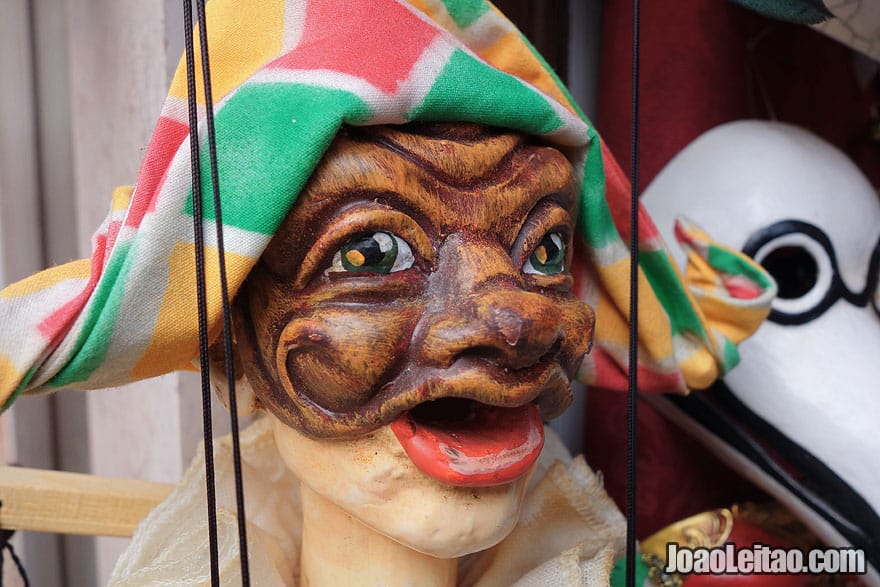
Close-up of a Venetian puppet.
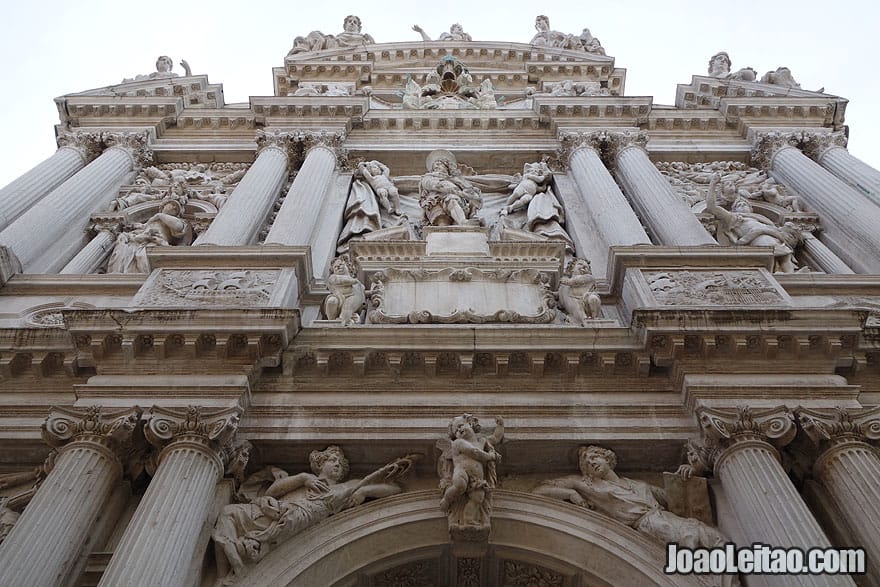
Venetian church portico detail.
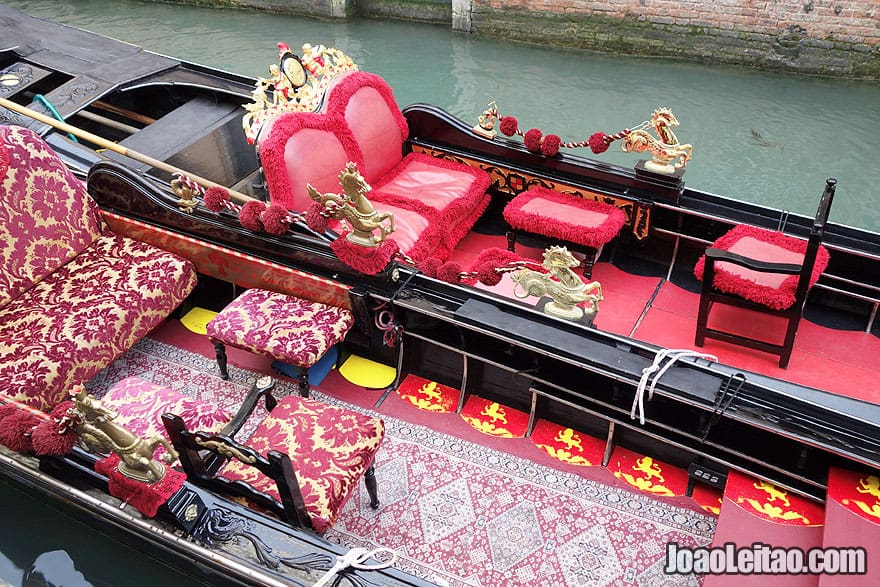
Detail of the decoration of two Venetian gondolas.
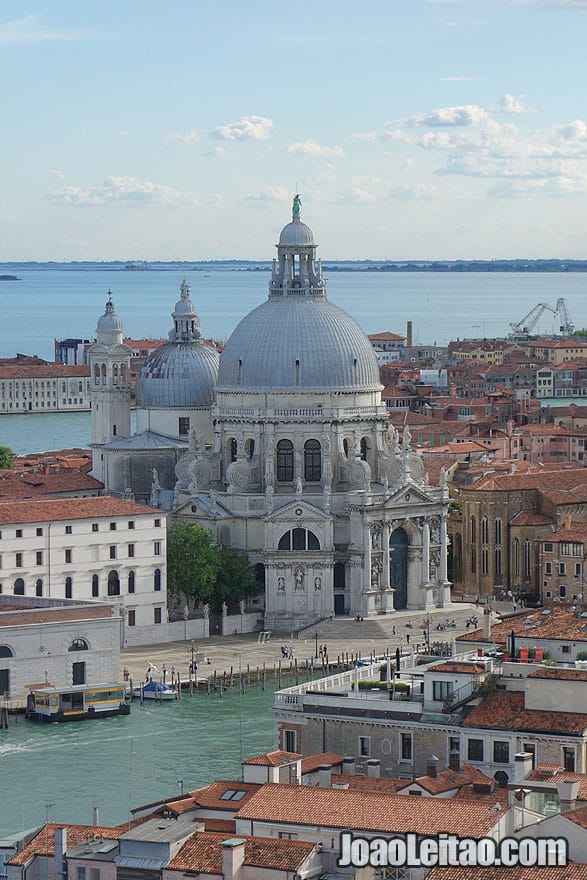
The Basilica of St Mary of Health or Basilica di Santa Maria della Salute.
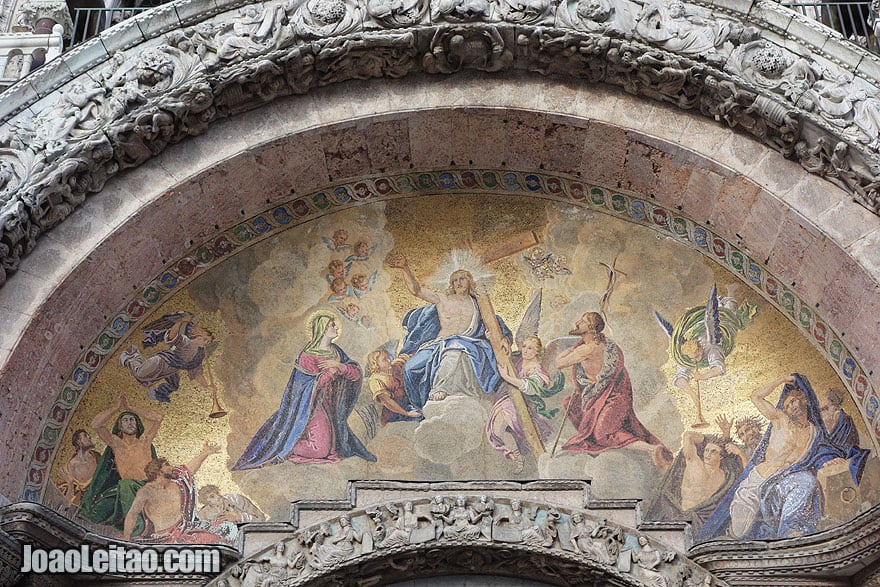
Central portal mosaic from St. Mark cathedral with Jesus, Mary and st. John the Baptist.
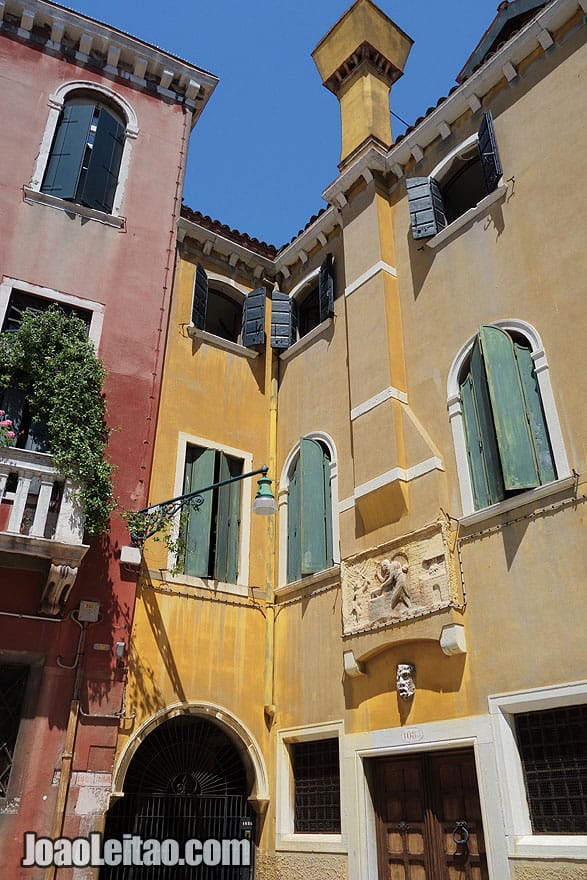
Colorful building in Venice.
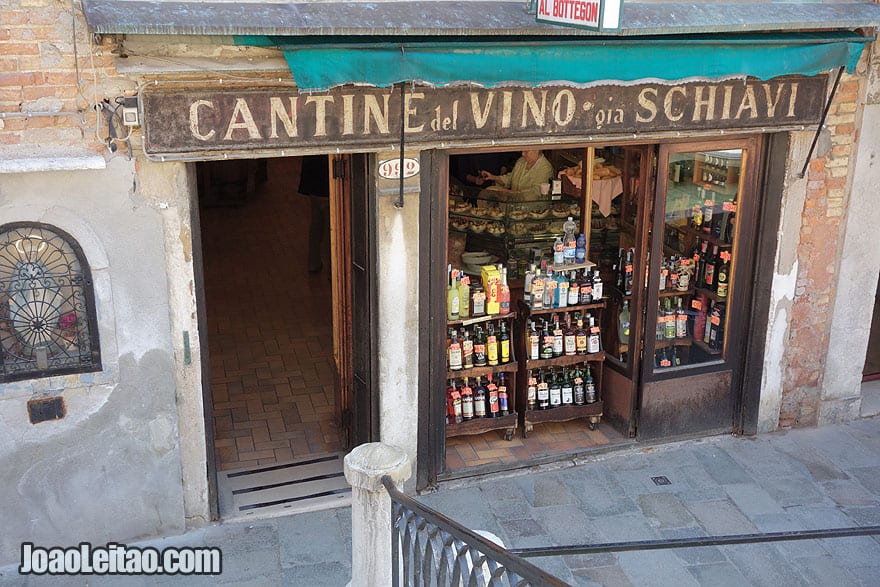
Wine shop in Venice old city
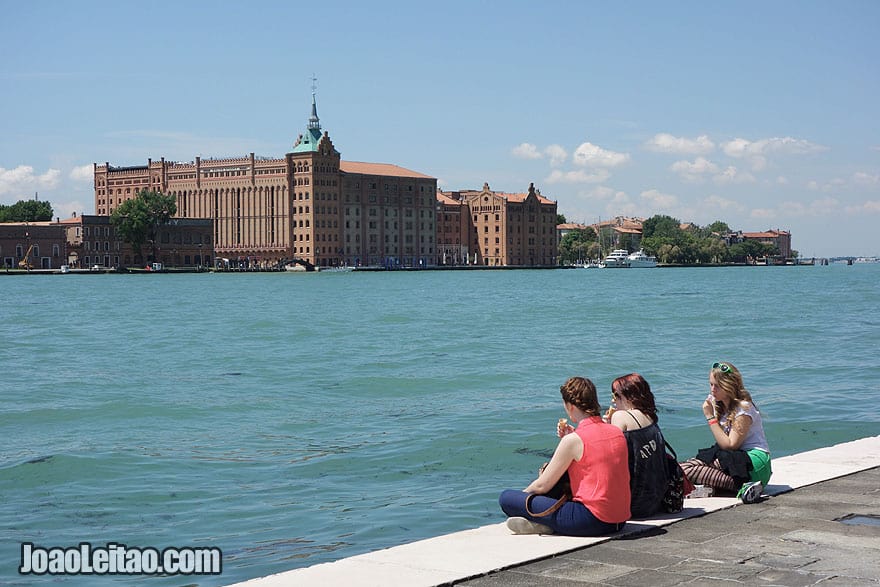
Girls overlooking Venice canals with Hotel Hilton Molino Stucky Venice located on Giudecca Island.
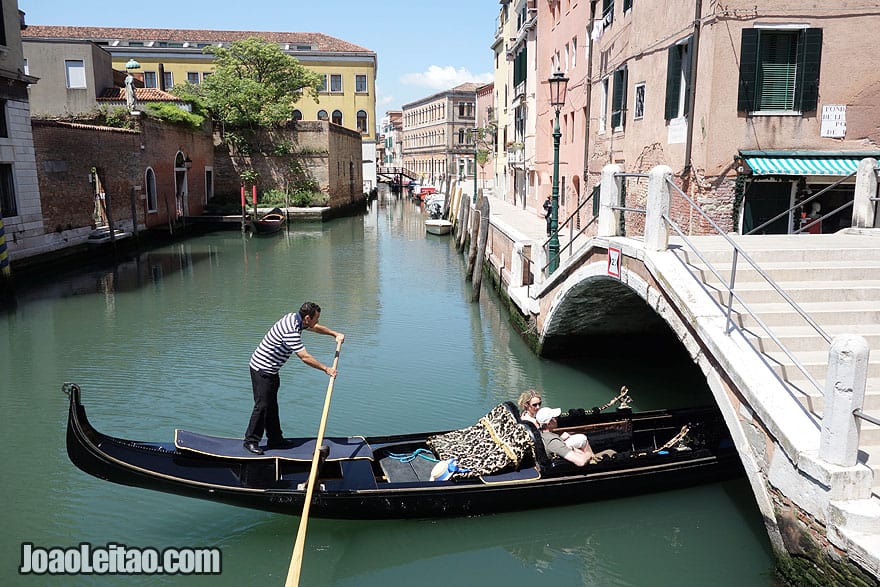
Gondola ride inside small inner canal in Venice.
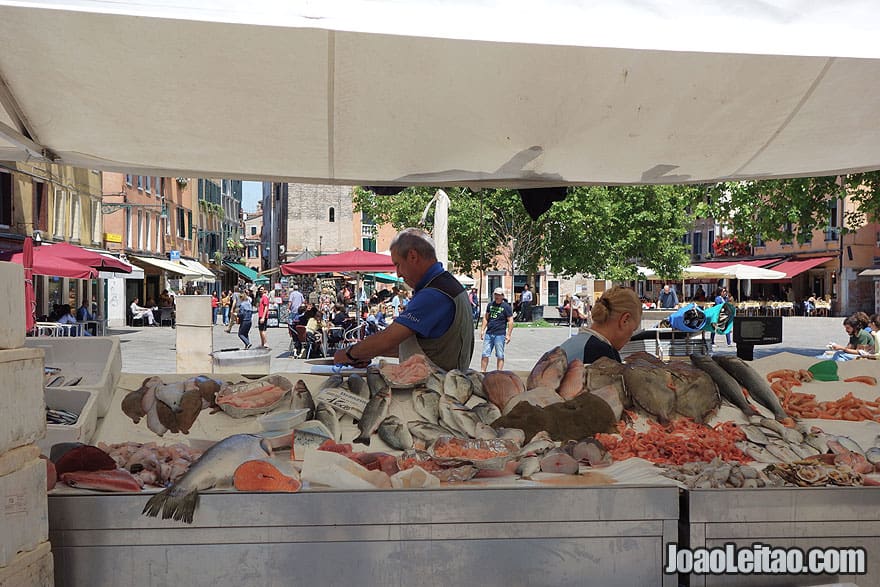
Venice Street fish market.
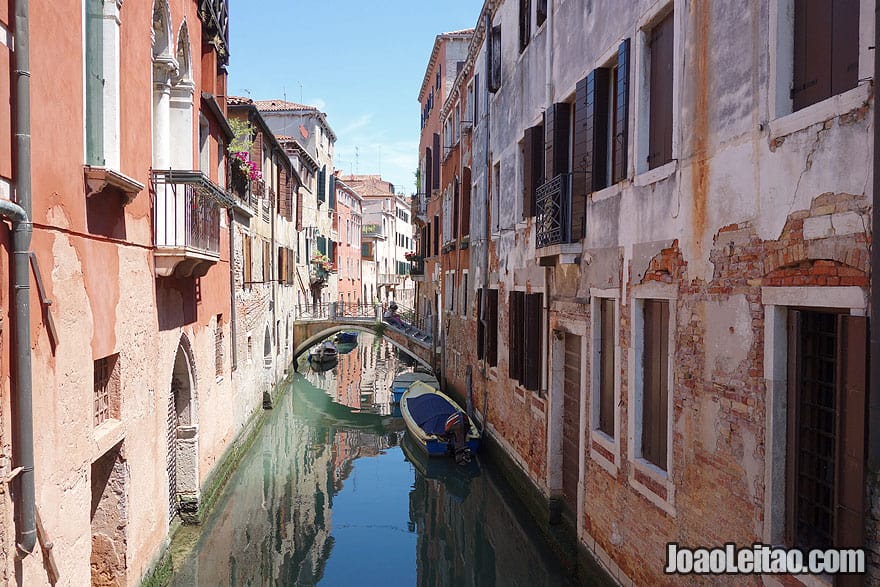
Picturesque Venice water canal.
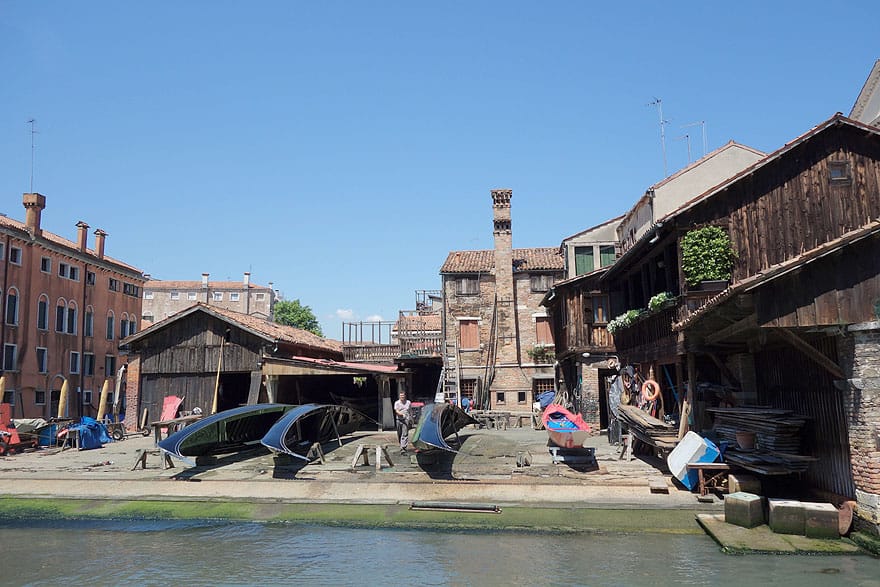
Boatyard with the workshops of many generations gondola builders.

